Ready to turn any corner of your home into a lush, green paradise? Whether you're dreaming of a tropical greenhouse vibe in your living room or a zen meditation space surrounded by plants, creating your perfect plant room is easier than you think. From kitchen herb gardens that make cooking a breeze to dramatic vertical walls that'll have your guests speechless, we've got 20 incredible ideas that work for every style, space, and skill level. Get ready to transform your home into the indoor oasis you've always wanted.
1. Tropical Plant Room Greenhouse Sanctuary
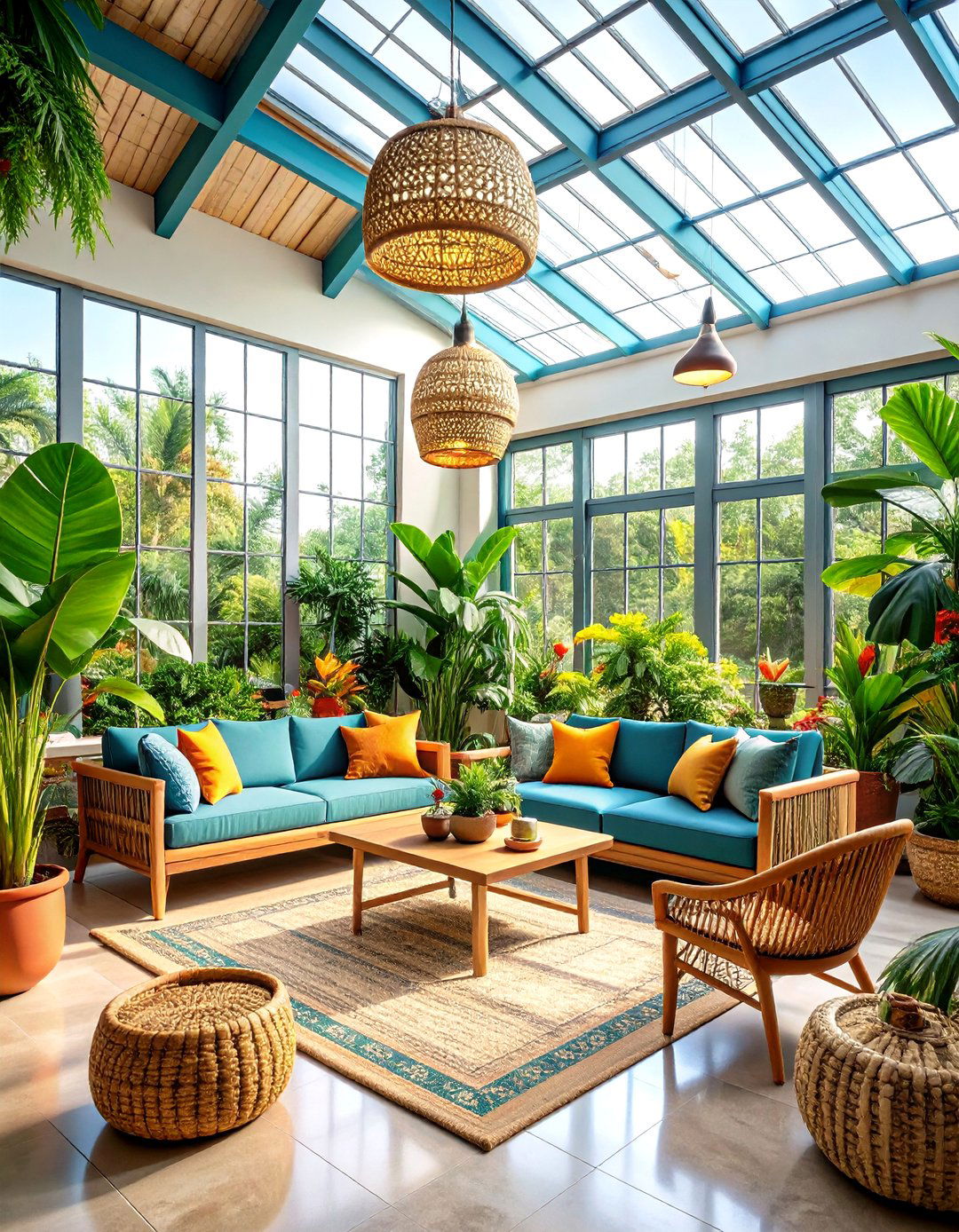
Embrace the lush abundance of tropical paradise by transforming your plant room into a greenhouse-style sanctuary filled with exotic foliage and vibrant blooms. This design centers around creating optimal growing conditions for heat-loving plants like monsteras, philodendrons, and bird of paradise, requiring consistent warmth and humidity levels. Install ceiling fans for air circulation while maintaining temperatures between 70-80°F, and consider adding a small humidifier to support your tropical collection. Large floor-to-ceiling windows or skylights provide essential bright, filtered light that mimics natural rainforest conditions. Complete the atmosphere with natural materials like bamboo furniture, woven baskets for plant containers, and stone or brick flooring that can handle moisture. The result is an immersive tropical experience that transports you to an exotic destination while providing year-round growing success for your most prized tropical specimens.
2. Vertical Plant Room Garden Wall Display
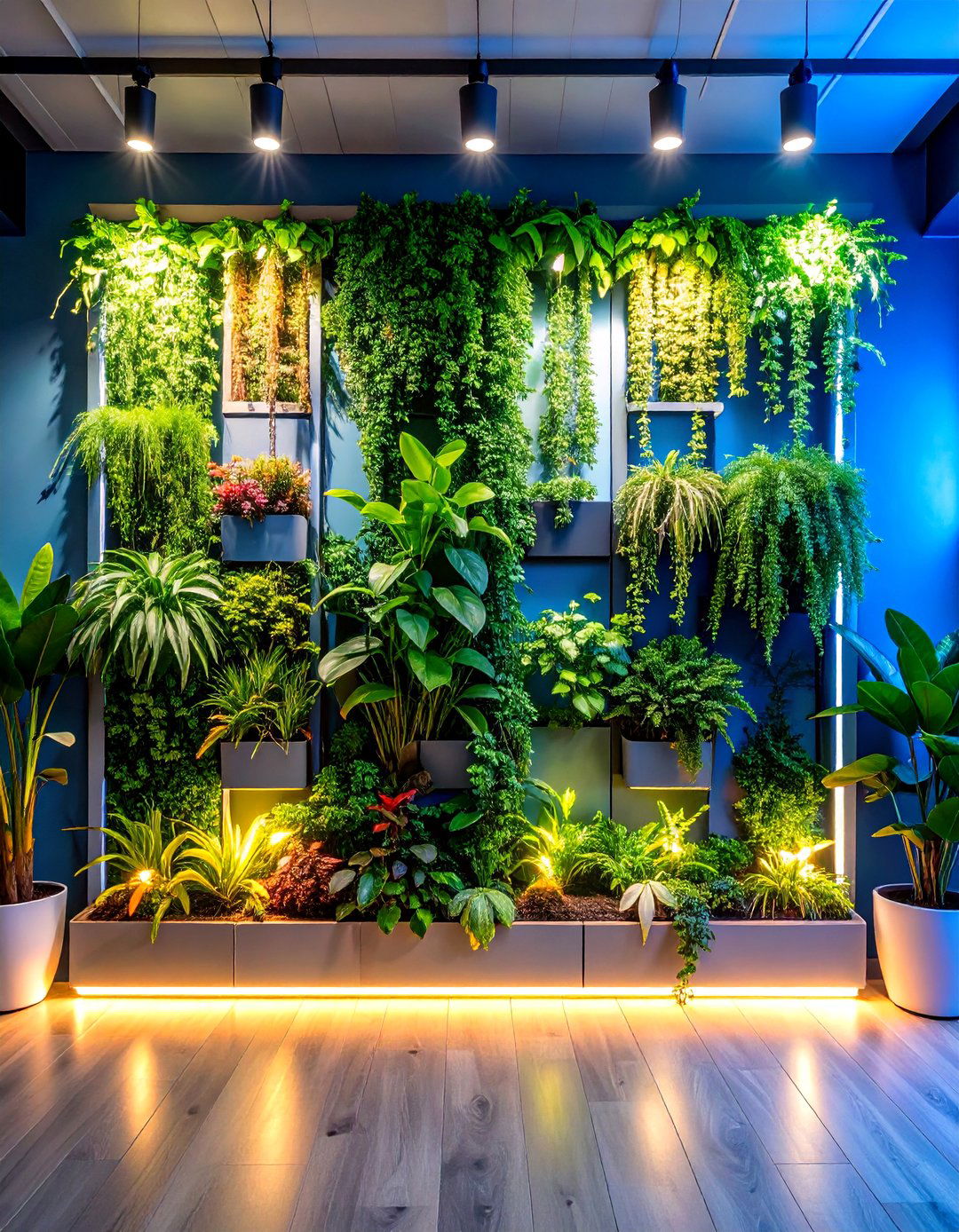
Maximize your plant room's potential by creating a stunning vertical garden wall that showcases dozens of plants in a space-efficient, artistic arrangement. This design approach transforms a single wall into a living artwork using modular planting systems, wall-mounted planters, and climbing trellises to create layers of greenery at different heights. Choose a mix of trailing plants like pothos and string of pearls for cascading effects, combined with upright varieties such as snake plants and dracaena for structural interest. Install proper drainage systems and consider automated watering solutions to maintain your vertical garden efficiently. Strategic lighting ensures all plants receive adequate illumination regardless of their position on the wall. The vertical garden approach works particularly well in smaller spaces, allowing you to house an impressive collection while maintaining floor space for seating or other activities, creating a dramatic focal point that serves as both functional garden and living art installation.
3. Zen Plant Room Meditation Space
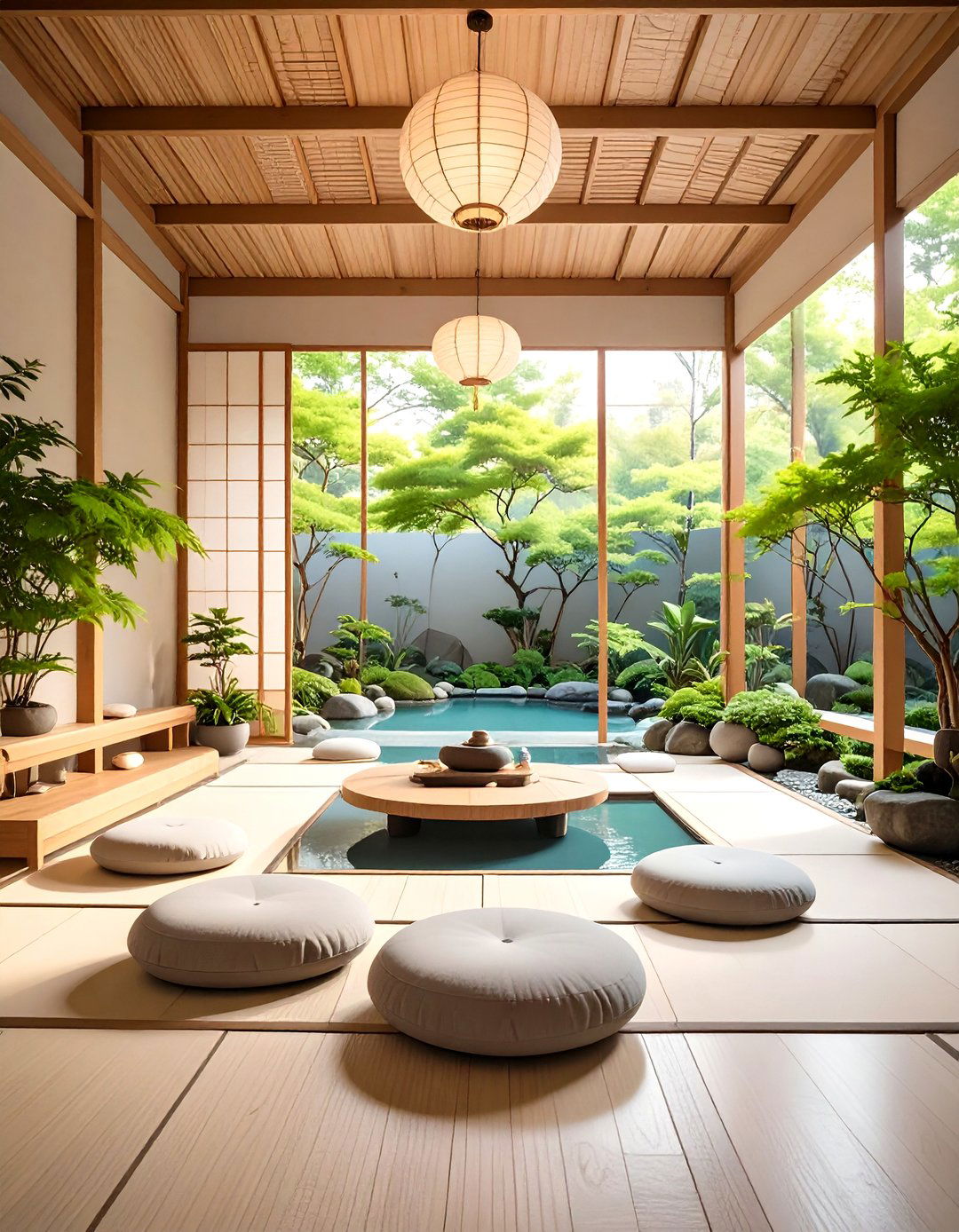
Create a peaceful retreat by designing your plant room as a zen meditation sanctuary that combines the calming presence of greenery with minimalist design principles. This concept focuses on carefully selected plants with graceful forms and soft textures, such as Japanese maples, ferns, and ornamental grasses, arranged in simple, uncluttered displays. Use natural materials like bamboo, stone, and wood to create seating areas and plant stands that promote tranquility. The color palette should remain muted with soft greens, earth tones, and neutral accents that encourage relaxation and mental clarity. Consider incorporating elements like a small water feature, meditation cushions, and soft lighting to enhance the contemplative atmosphere. Strategic placement of plants creates natural privacy screens while maintaining the open, airy feeling essential to zen design. This approach transforms your plant room into a dedicated space for mindfulness practice, stress relief, and spiritual connection with nature.
4. Botanical Plant Room Library Corner
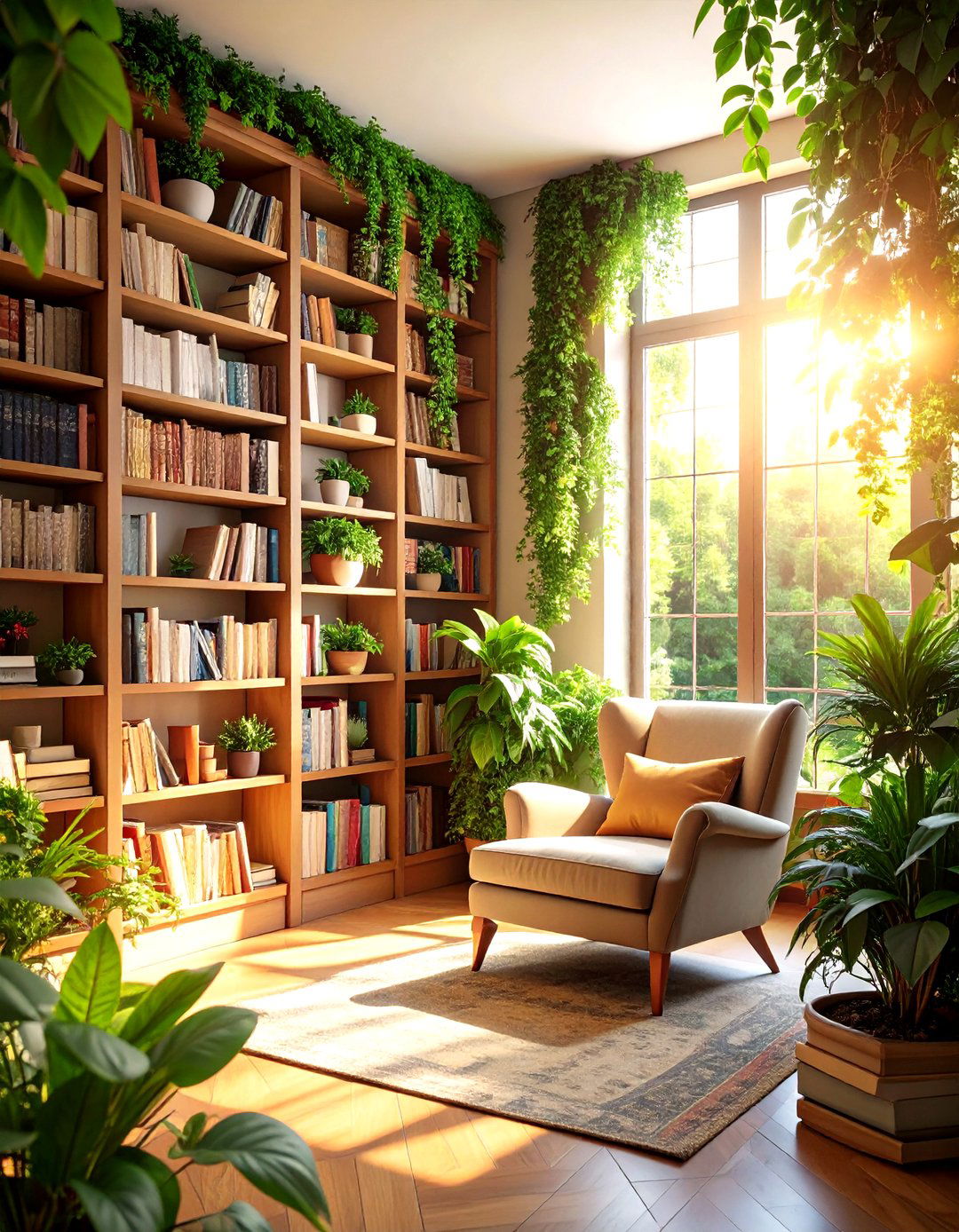
Transform your plant room into a sophisticated botanical library by combining lush greenery with comfortable reading spaces and plant-related literature. This design creates an intellectual sanctuary where you can study plant care, browse gardening magazines, and maintain detailed plant journals while surrounded by your living collection. Install floor-to-ceiling bookshelves that accommodate both books and plants, using trailing varieties like ivy and philodendrons to create natural dividers between sections. Include a comfortable reading chair with proper lighting, side tables for plant care supplies, and storage for gardening tools and reference materials. Choose plants that thrive in the filtered light conditions typically found in reading areas, such as snake plants, ZZ plants, and peace lilies. The combination of literary resources and living specimens creates an educational environment that deepens your botanical knowledge while providing practical care guidance. This concept appeals to serious plant enthusiasts who appreciate both the scientific and aesthetic aspects of indoor gardening.
5. Kitchen Plant Room Herb Garden

Establish a functional and beautiful kitchen plant room dedicated to growing fresh herbs and edible plants for culinary adventures. This design prioritizes accessibility and practicality while maintaining visual appeal through organized displays and efficient growing systems. Install tiered shelving units near windows to maximize light exposure for sun-loving herbs like basil, thyme, and rosemary, while reserving shadier spots for mint and parsley. Use matching containers and labels to create a cohesive, professional appearance that complements your kitchen's aesthetic. Include a small potting station with storage for soil, fertilizers, and propagation supplies, making plant maintenance convenient and contained. Strategic placement ensures easy access during cooking while preventing interference with daily kitchen activities. Consider adding a small hydroponic system for year-round lettuce and microgreen production. This approach transforms your plant room into a productive garden that enhances your cooking while providing fresh, pesticide-free ingredients just steps from your stove.
6. Bathroom Plant Room Spa Retreat
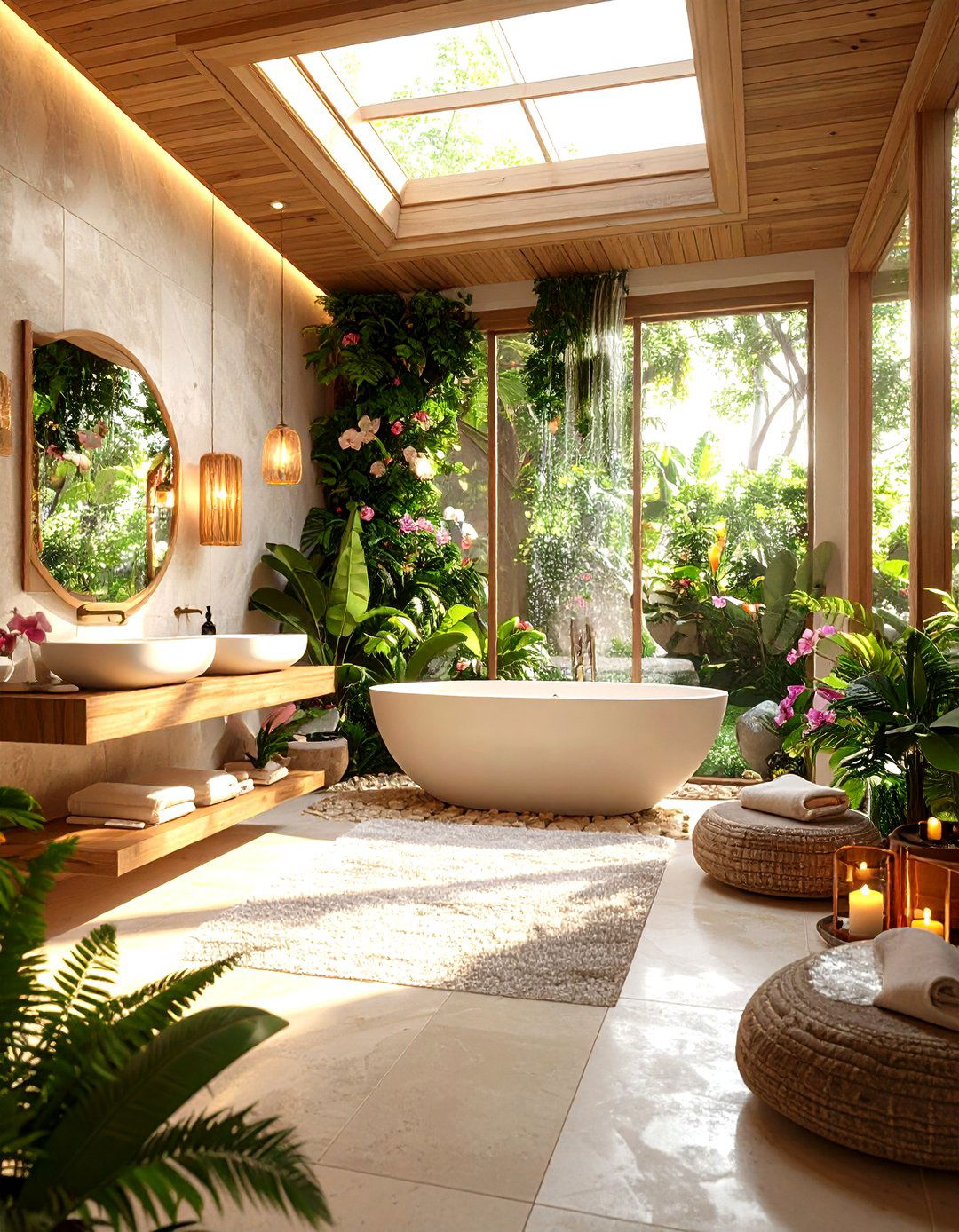
Convert your plant room into a luxurious spa-like retreat by combining moisture-loving plants with relaxing design elements that promote wellness and rejuvenation. This concept takes advantage of natural humidity levels to support tropical plants like ferns, orchids, and air plants that thrive in steamy conditions. Install skylights or large windows to provide natural light while maintaining privacy, and use materials like natural stone, bamboo, and teak that complement the organic atmosphere. Create multiple seating areas with comfortable cushions and soft textiles that invite relaxation and contemplation. Include elements like essential oil diffusers, soft lighting, and perhaps a small water feature to enhance the sensory experience. The plant selection should focus on species known for air purification and aromatherapy benefits, such as eucalyptus, lavender, and jasmine. This design creates a personal wellness sanctuary where you can practice self-care routines, meditation, or simply unwind while surrounded by the therapeutic benefits of nature.
7. Bohemian Plant Room Eclectic Display
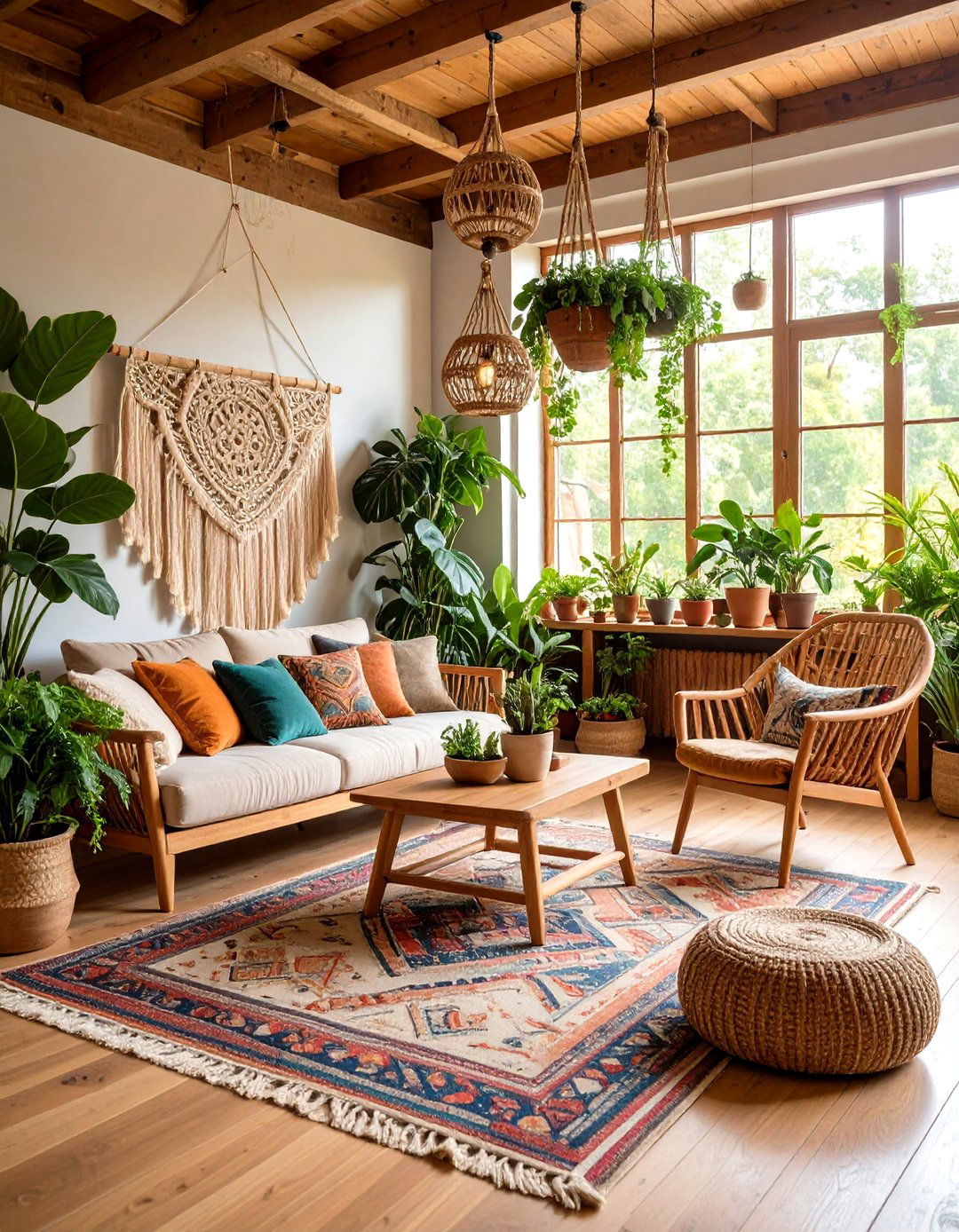
Embrace creative freedom by designing your plant room with a bohemian aesthetic that celebrates artistic expression through diverse plant varieties and eclectic decorative elements. This approach combines plants of different sizes, textures, and colors in an intentionally unstructured arrangement that feels organic and personally curated. Use vintage containers, macramé hangers, and colorful textiles to create visual interest while maintaining the relaxed, artistic atmosphere characteristic of bohemian design. Layer different levels with floor plants, hanging specimens, and tabletop displays to create depth and movement throughout the space. Include comfortable seating with mixed patterns and textures, creating intimate corners perfect for creative activities or quiet reflection. The plant selection should be diverse and visually striking, including statement plants like fiddle leaf figs, colorful coleus, and trailing plants with interesting foliage patterns. This design approach celebrates individuality and creativity while creating a space that feels both lived-in and inspiring.
8. Minimalist Plant Room Clean Lines
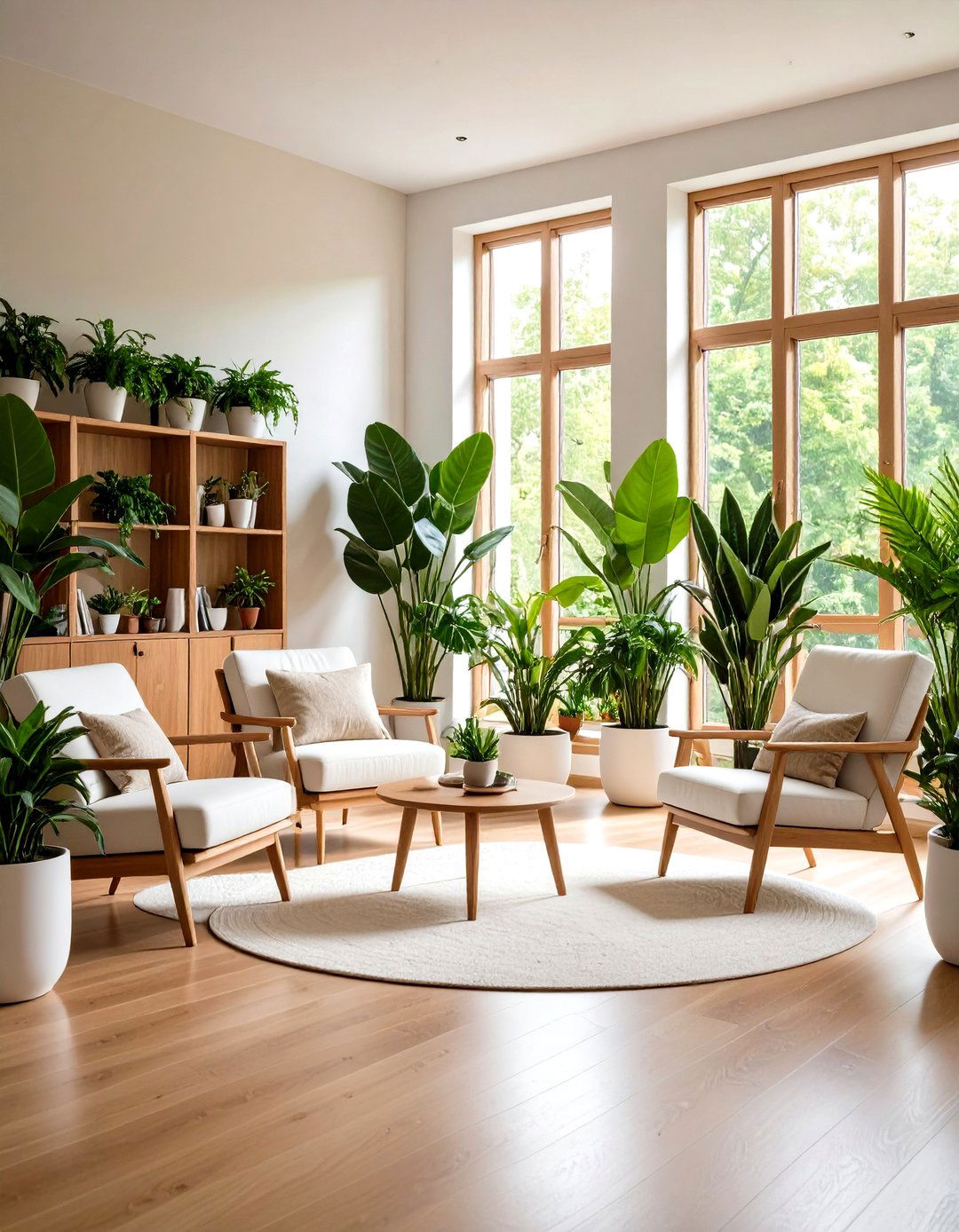
Achieve sophisticated simplicity by designing your plant room with minimalist principles that emphasize clean lines, negative space, and carefully curated plant selections. This approach focuses on a limited color palette of whites, grays, and natural wood tones, allowing the plants themselves to serve as the primary decorative elements. Choose plants with architectural forms and striking silhouettes, such as snake plants, rubber trees, and architectural palms, displayed in matching containers that maintain visual consistency. Furniture should be functional and unobtrusive, with built-in storage solutions that keep the space clutter-free. Strategic placement of plants creates focal points without overwhelming the serene atmosphere, while adequate spacing allows each specimen to be appreciated individually. The minimalist approach requires careful attention to plant health and appearance, as each plant plays a crucial role in the overall aesthetic. This design appeals to those who appreciate understated elegance and the calming effects of simplified, organized spaces.
9. Victorian Plant Room Conservatory Style
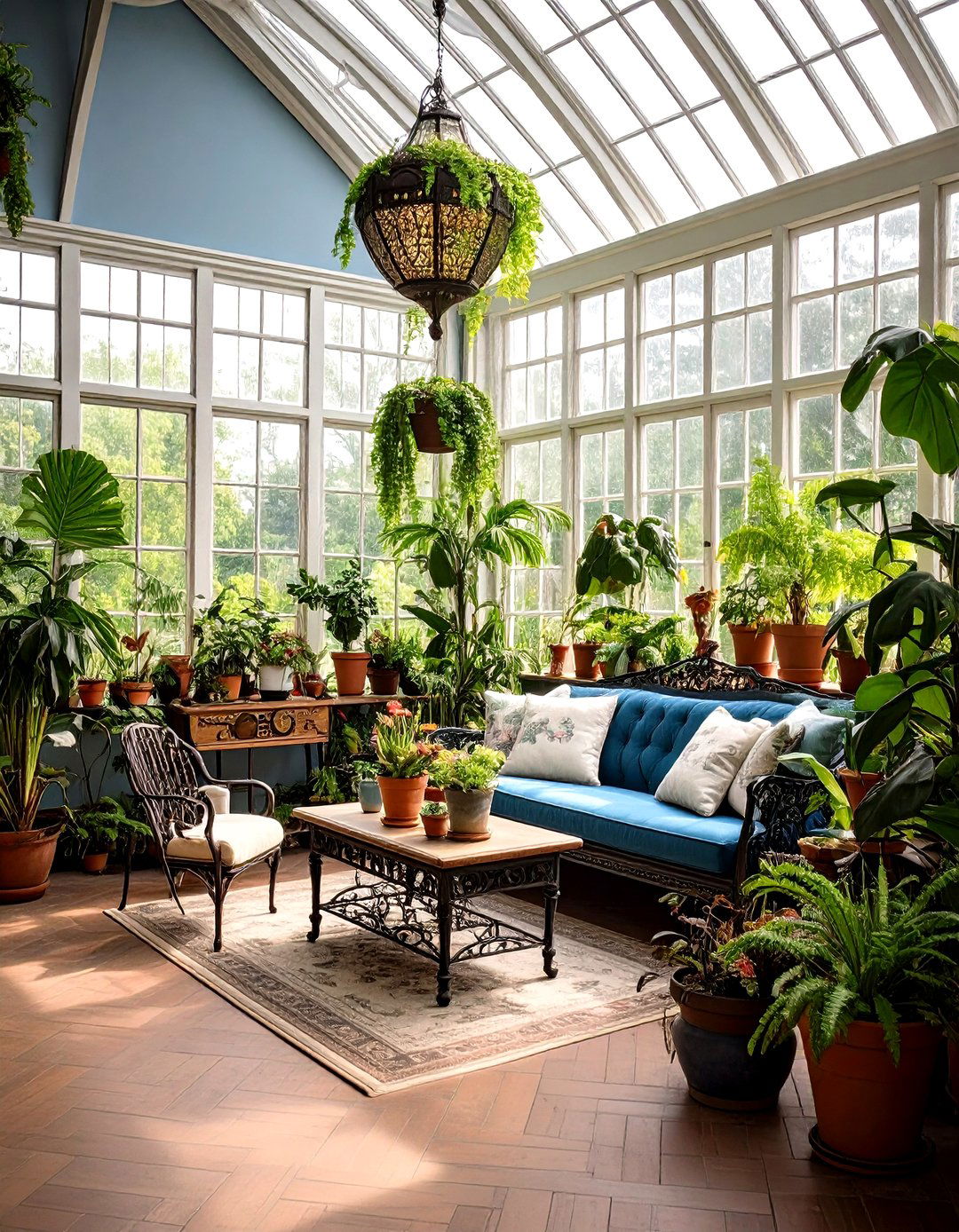
Recreate the elegance of Victorian-era conservatories by designing your plant room with ornate architectural details, romantic lighting, and classical plant varieties that evoke historical grandeur. This style incorporates decorative elements like wrought iron furniture, vintage plant stands, and ornamental containers that reflect the sophisticated taste of the Victorian period. Choose plants that were popular during the Victorian era, such as ferns, palms, and flowering plants like geraniums and begonias, arranged in formal displays that emphasize symmetry and structure. Include period-appropriate accessories like antique watering cans, plant labels, and decorative garden tools that serve both functional and aesthetic purposes. The lighting should be warm and romantic, using vintage-style fixtures and candles to create an atmospheric environment perfect for entertaining or quiet contemplation. This design approach appeals to those who appreciate historical style and formal elegance while creating a space that feels both timeless and sophisticated.
10. Modern Plant Room Tech-Integrated Space
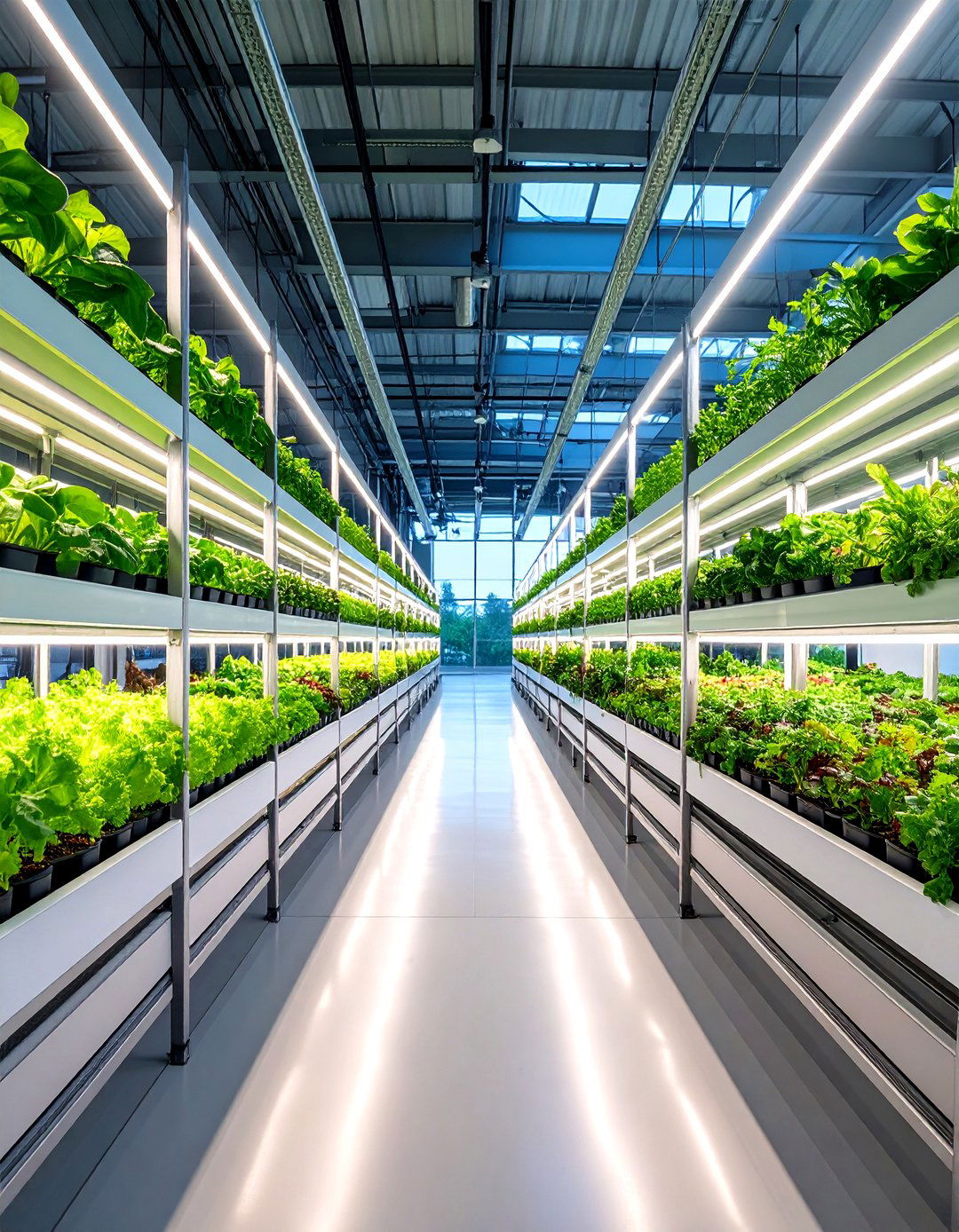
Embrace innovation by creating a high-tech plant room that incorporates smart growing systems, automated care solutions, and digital monitoring tools for optimal plant health and convenience. This design integrates technology seamlessly into the aesthetic, using sleek hydroponic systems, automated lighting, and climate control to create ideal growing conditions year-round. Install smart sensors that monitor soil moisture, light levels, and air quality, sending notifications to your smartphone when plants need attention. Use modern materials like stainless steel, glass, and composite materials that complement the technological theme while providing durable, easy-to-clean surfaces. The plant selection can include both traditional houseplants and more exotic varieties that benefit from precise environmental control. Include charging stations and integrated speakers for music or educational podcasts about plant care. This approach appeals to tech-savvy gardeners who appreciate efficiency and precision while maintaining a sleek, contemporary aesthetic that showcases both plants and innovation.
11. Seasonal Plant Room Rotating Display
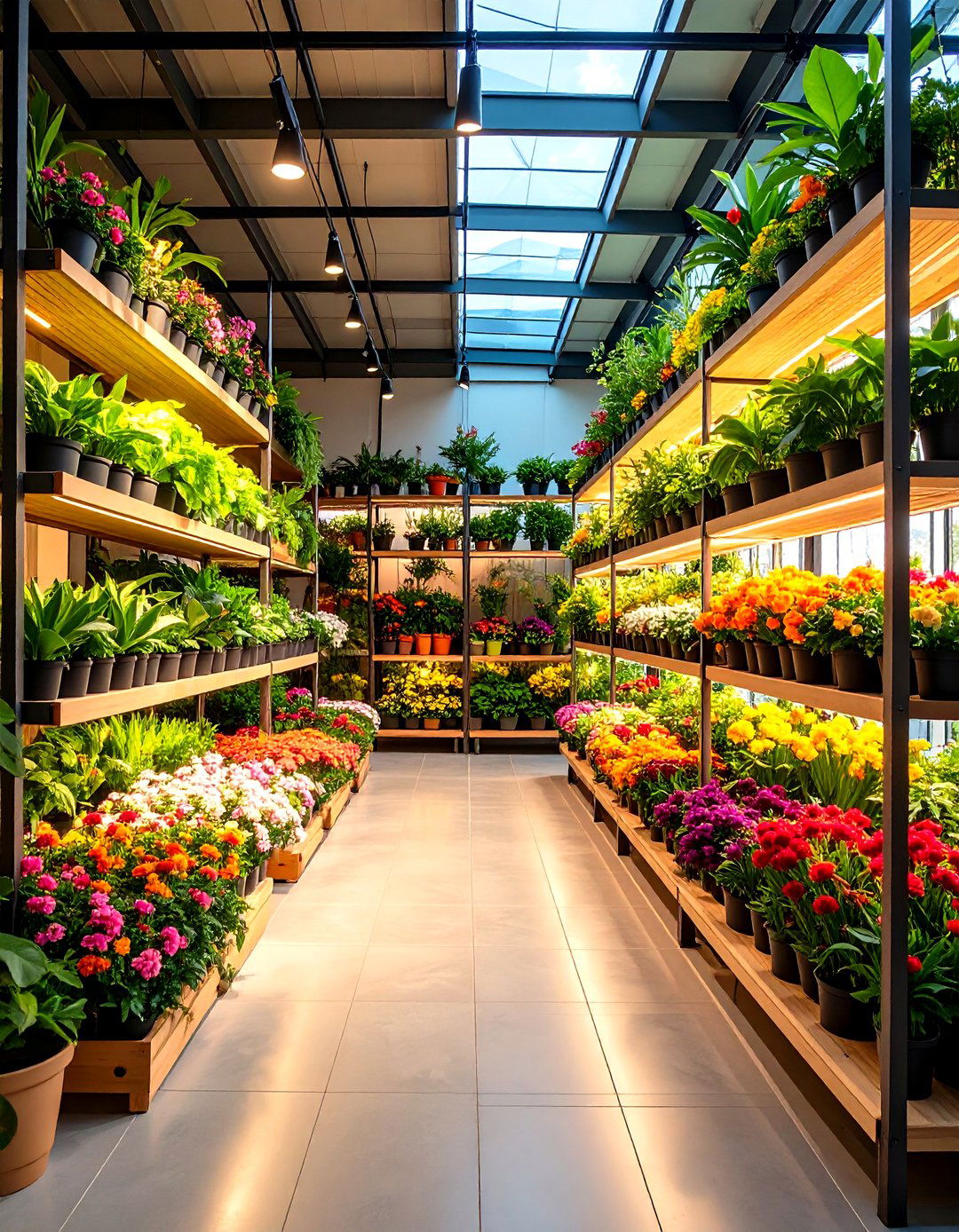
Design your plant room to celebrate the changing seasons through rotating displays that highlight different plants and decorative themes throughout the year. This dynamic approach requires planning spaces that can be easily reconfigured while maintaining core infrastructure like lighting and watering systems. Create flexible display areas using modular furniture and moveable plant stands that allow for seasonal rearrangements. Focus on plants that naturally align with seasonal cycles, such as flowering bulbs in spring, tropical foliage in summer, colorful autumn plants, and evergreens in winter. Include storage solutions for seasonal decorations and plant accessories that can be rotated as needed. The seasonal approach keeps your plant room fresh and engaging while allowing you to experiment with different design themes and plant varieties throughout the year. This concept appeals to gardeners who enjoy variety and the natural rhythms of seasonal change while maintaining a space that feels constantly renewed and inspiring.
12. Office Plant Room Productivity Workspace
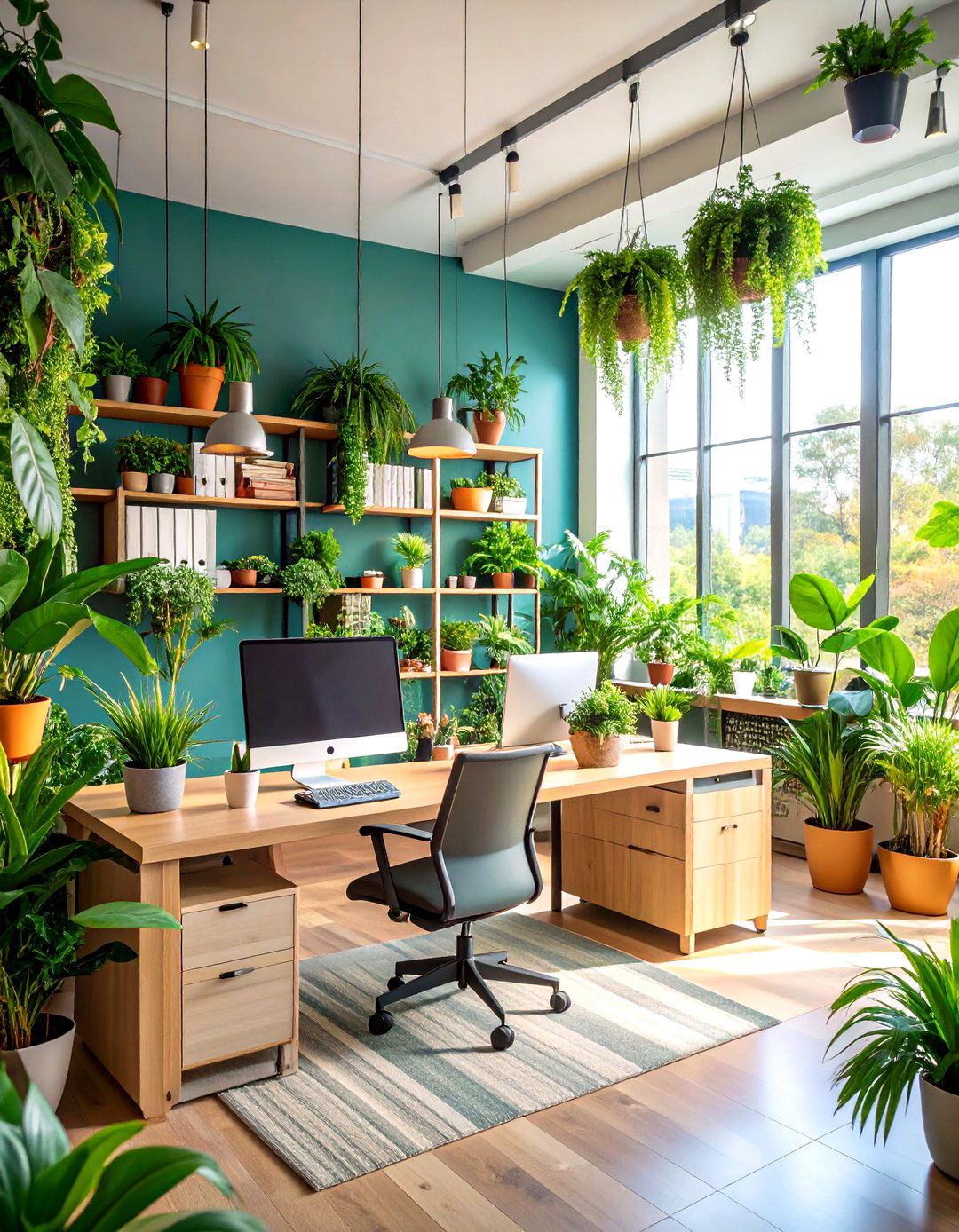
Transform your plant room into a productive home office that combines the benefits of biophilic design with efficient workspace functionality. This approach integrates plants known for their air-purifying qualities and stress-reducing effects, such as snake plants, pothos, and rubber trees, strategically placed to enhance focus and creativity. Design the workspace with ergonomic furniture and proper lighting while ensuring plants receive adequate care and attention. Use vertical space for hanging plants and wall-mounted displays that don't interfere with work activities. Include storage solutions for both office supplies and plant care materials, maintaining organization and efficiency. The plant selection should prioritize low-maintenance varieties that thrive in office lighting conditions and don't require frequent attention during work hours. Create zones for different activities, such as a computer workstation, reading area, and plant care station, allowing the space to serve multiple functions while maintaining a cohesive, professional appearance that supports both productivity and well-being.
13. Artist Plant Room Creative Studio
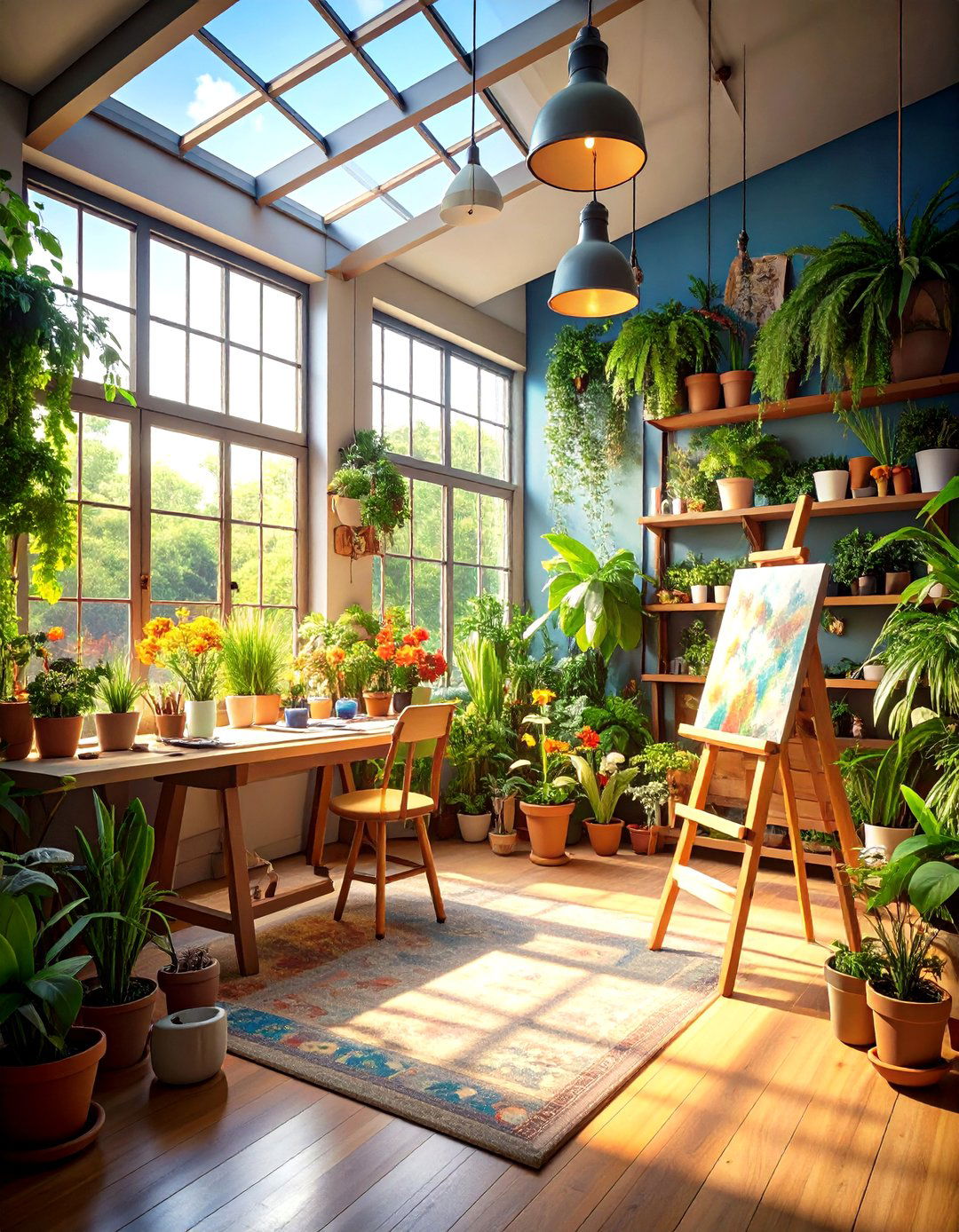
Establish an inspiring creative studio within your plant room by combining artistic workspace requirements with the motivational benefits of natural surroundings. This design incorporates plants that stimulate creativity and provide visual inspiration, such as flowering varieties, uniquely shaped specimens, and plants with interesting textures and colors. Include proper lighting for both plant growth and artistic work, with adjustable fixtures that can accommodate different creative activities. Design storage solutions for art supplies and plant care materials, keeping both easily accessible without creating clutter. The aesthetic should balance artistic expression with plant health requirements, using natural materials and earth tones that complement both creative work and botanical displays. Consider plants that can serve as artistic subjects, such as orchids, succulents, and plants with dramatic foliage patterns. This approach creates a space where artistic expression and plant cultivation support each other, fostering creativity while maintaining a connection to nature that enhances the artistic process.
14. Children's Plant Room Educational Space
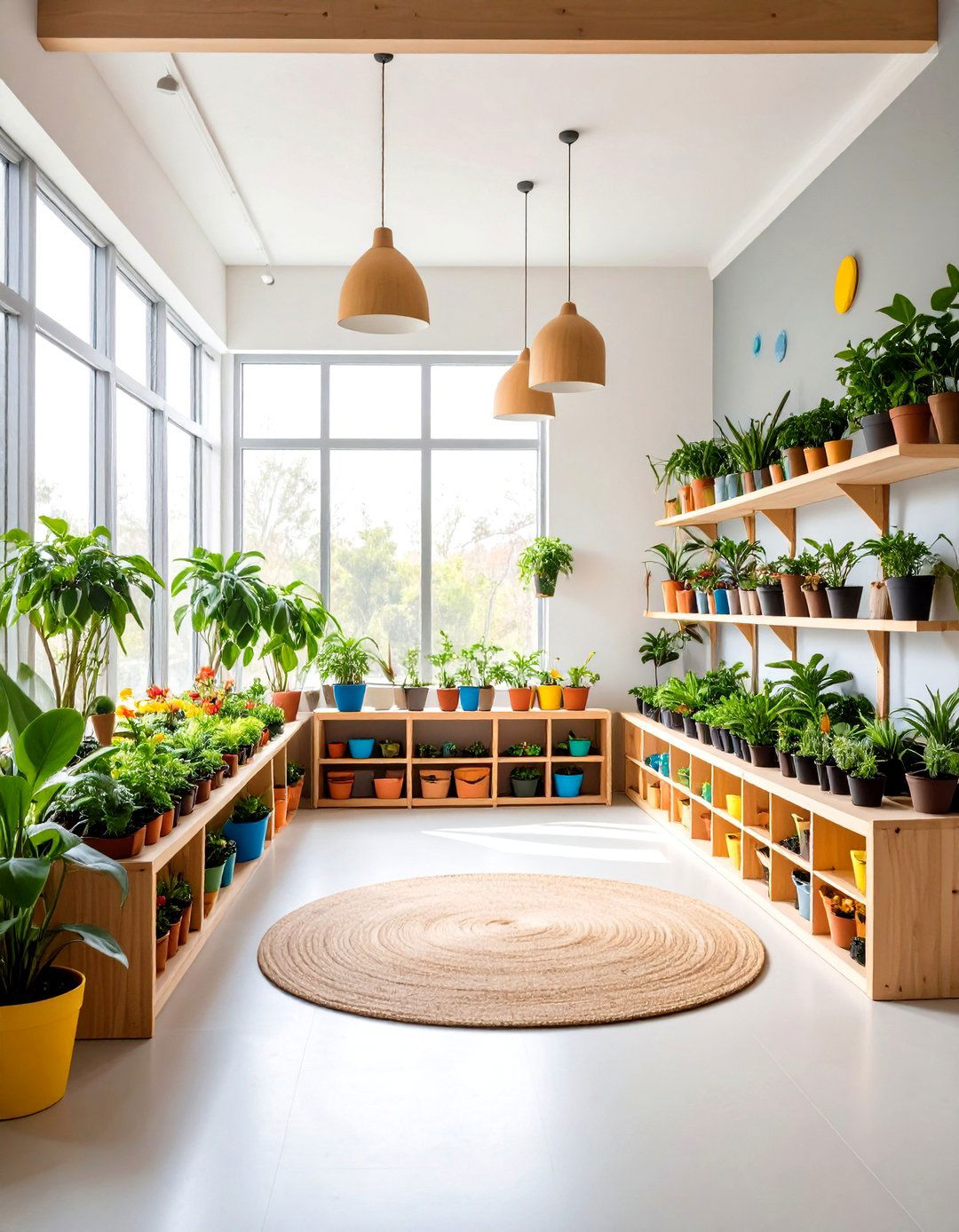
Create an engaging educational environment by designing your plant room as a learning space where children can explore botany, responsibility, and environmental stewardship through hands-on plant care experiences. This design prioritizes safety and accessibility while maintaining visual appeal and educational value. Choose non-toxic plants that are safe for curious children, such as spider plants, rubber trees, and certain succulents, displayed at appropriate heights for small hands to observe and care for. Include child-sized tools, watering cans, and educational materials that make plant care manageable and enjoyable for young gardeners. Create interactive elements like plant identification charts, growth measurement stations, and simple science experiments that demonstrate plant biology concepts. The space should encourage exploration and learning while teaching valuable lessons about responsibility, patience, and environmental awareness. This approach transforms plant care into a valuable educational experience that fosters a lifelong appreciation for nature and gardening.
15. Therapeutic Plant Room Healing Space
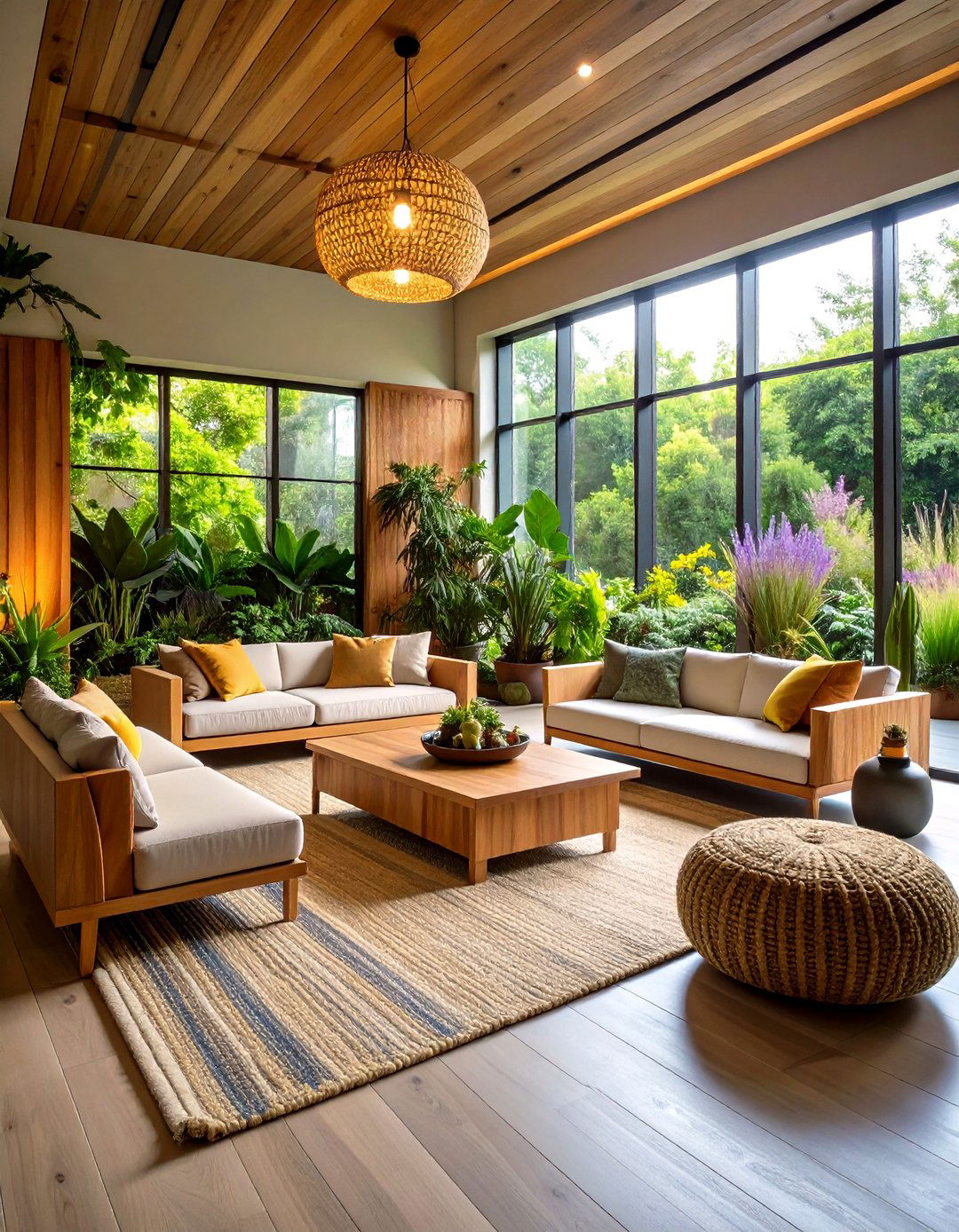
Design your plant room as a therapeutic environment that promotes healing and well-being through the documented benefits of plant interaction and horticultural therapy. This approach incorporates plants with known therapeutic properties, such as lavender for relaxation, aloe vera for healing, and herbs for aromatherapy benefits. Create comfortable seating areas that encourage prolonged interaction with plants, including activities like gentle pruning, watering, and observation that provide meditative benefits. The design should minimize stress and promote calm through soft lighting, natural materials, and organized displays that create visual harmony. Include elements like essential oil diffusers, comfortable textiles, and perhaps a small water feature to enhance the sensory experience. The therapeutic approach recognizes plants as active contributors to mental and physical well-being, creating a space dedicated to healing and personal restoration through nature connection.
16. Collector's Plant Room Showcase Gallery
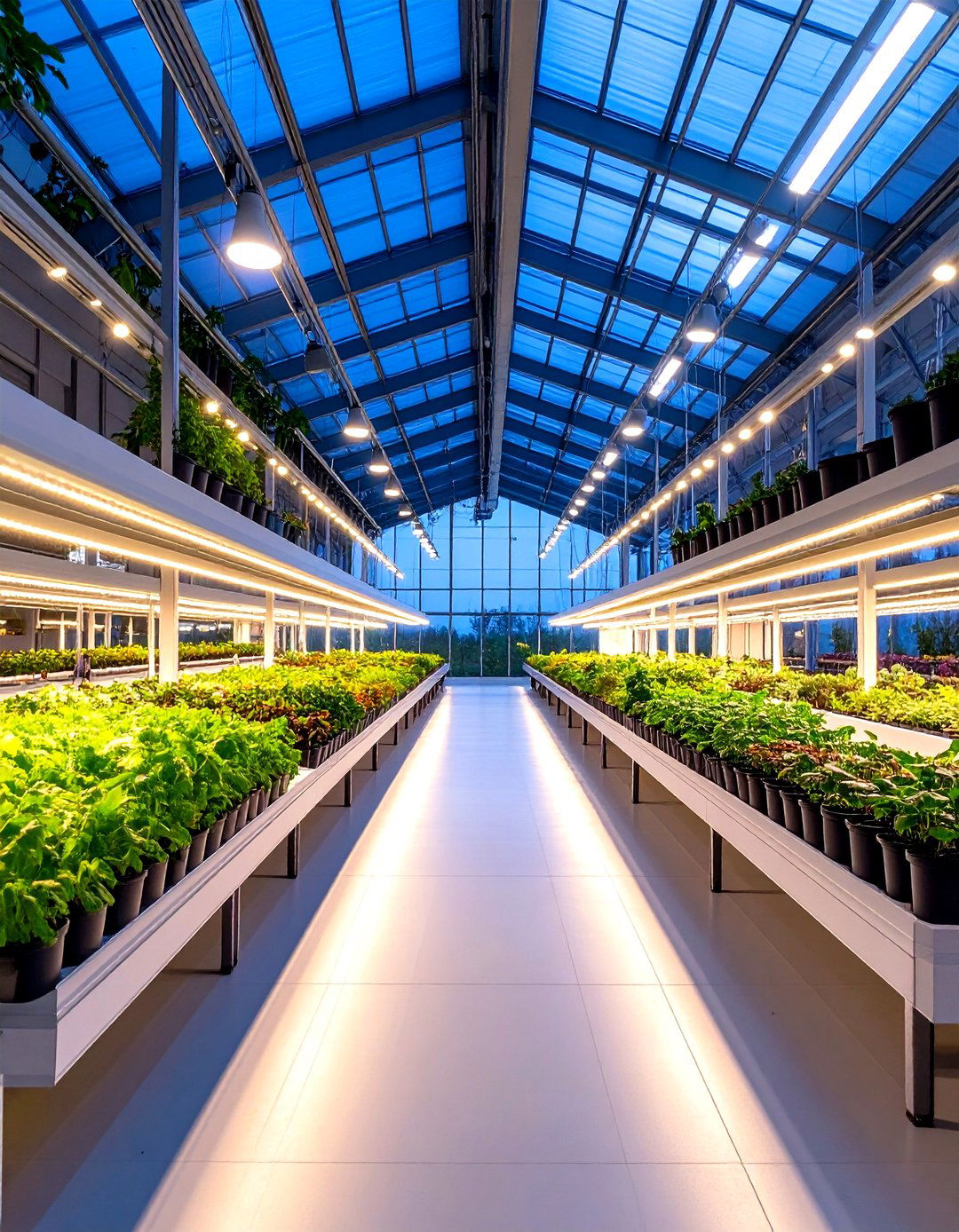
Transform your plant room into a sophisticated showcase gallery that displays rare and unique plant specimens like living art pieces. This design approach treats plants as collectible items worthy of museum-quality presentation, using professional display techniques and optimal growing conditions to highlight each specimen's unique characteristics. Create individual display areas with proper lighting, humidity control, and security measures for valuable plants. Include educational materials and identification labels that provide information about each plant's origin, care requirements, and unique features. The aesthetic should be clean and professional, allowing the plants themselves to serve as the primary decorative elements without competing visual distractions. This approach appeals to serious collectors who appreciate rare varieties and want to share their passion with others while maintaining specimens at their peak condition. The gallery concept creates a space that serves both personal satisfaction and educational purposes for visitors interested in unusual plants.
17. Multi-Functional Plant Room Flexible Living
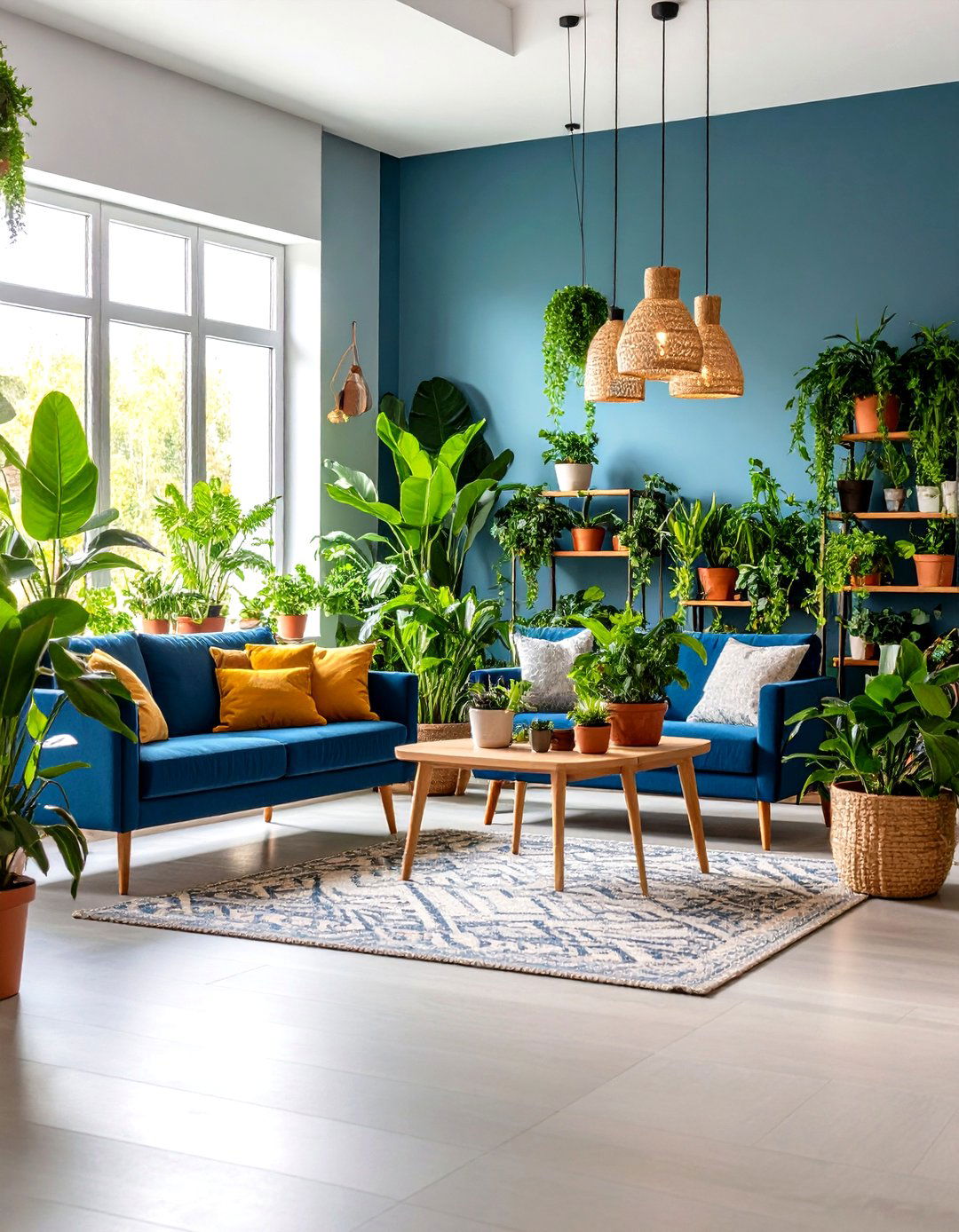
Design your plant room as a flexible living space that adapts to multiple uses while maintaining a strong botanical presence throughout all activities. This approach incorporates modular furniture and moveable plant displays that can be reconfigured for different purposes, such as entertaining, exercising, working, or relaxing. Choose plants that thrive in varying light conditions and can tolerate occasional relocation, such as dracaenas, philodendrons, and rubber plants. Include storage solutions that keep the space organized and clutter-free regardless of current use. The design should prioritize durability and easy maintenance while creating an atmosphere that enhances any activity taking place in the space. This concept appeals to those with limited space who want to maximize functionality while maintaining a strong connection to nature throughout their daily activities.
18. Nighttime Plant Room Illuminated Garden
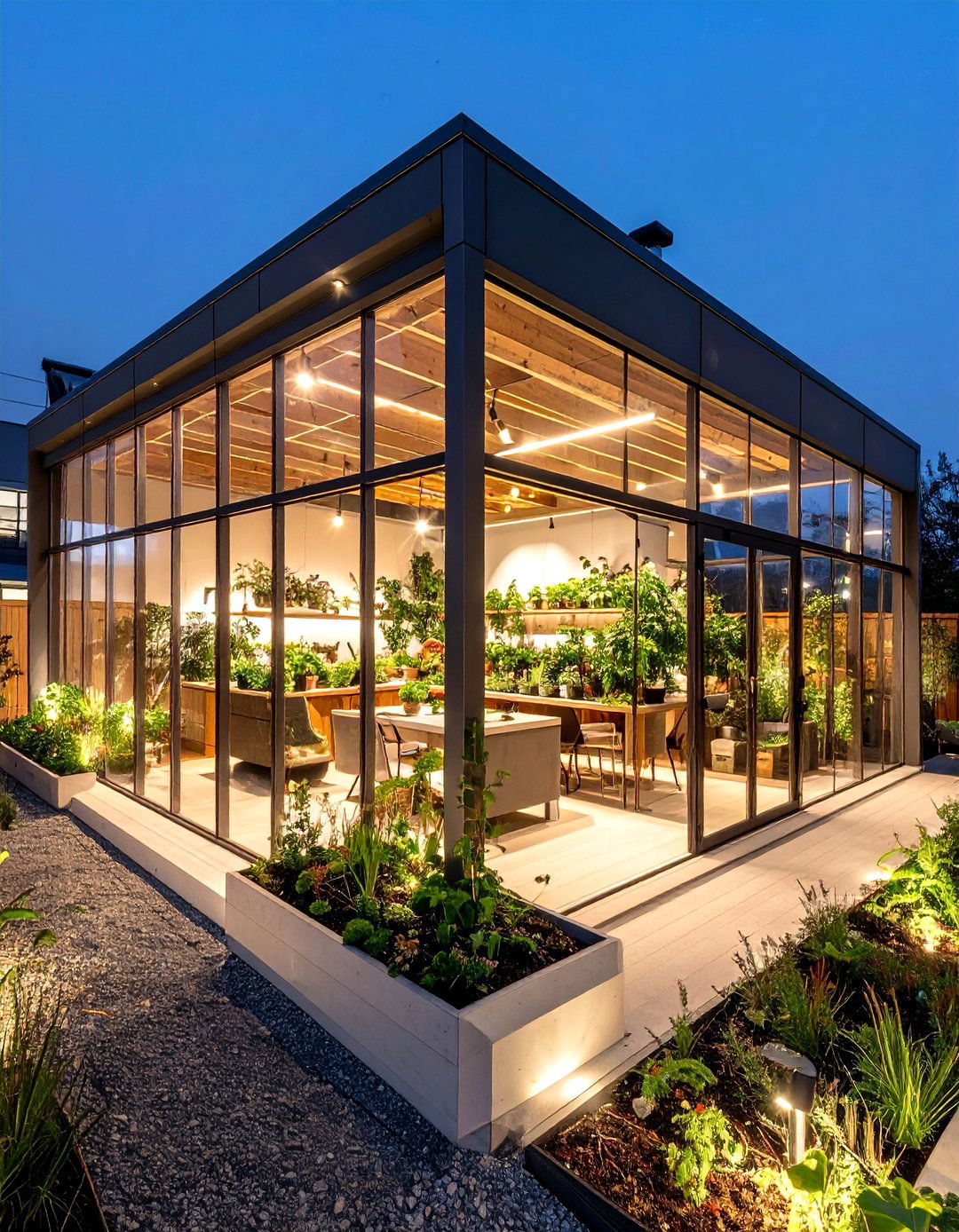
Create a magical evening environment by designing your plant room with sophisticated lighting systems that showcase plants after dark while providing ambient illumination for evening activities. This approach uses various lighting techniques, including uplighting, backlighting, and accent lighting, to create dramatic effects that highlight plant textures and forms. Choose plants that look particularly striking under artificial light, such as plants with variegated foliage, interesting bark patterns, or architectural shapes. Include dimmable controls that allow for different lighting scenarios depending on the desired atmosphere. The nighttime garden concept extends the usability of your plant room beyond daylight hours while creating a unique aesthetic that transforms the space into an enchanting evening retreat. This design appeals to those who want to enjoy their plant room during evening hours while creating a space suitable for entertaining or quiet contemplation after dark.
19. Fragrant Plant Room Sensory Experience
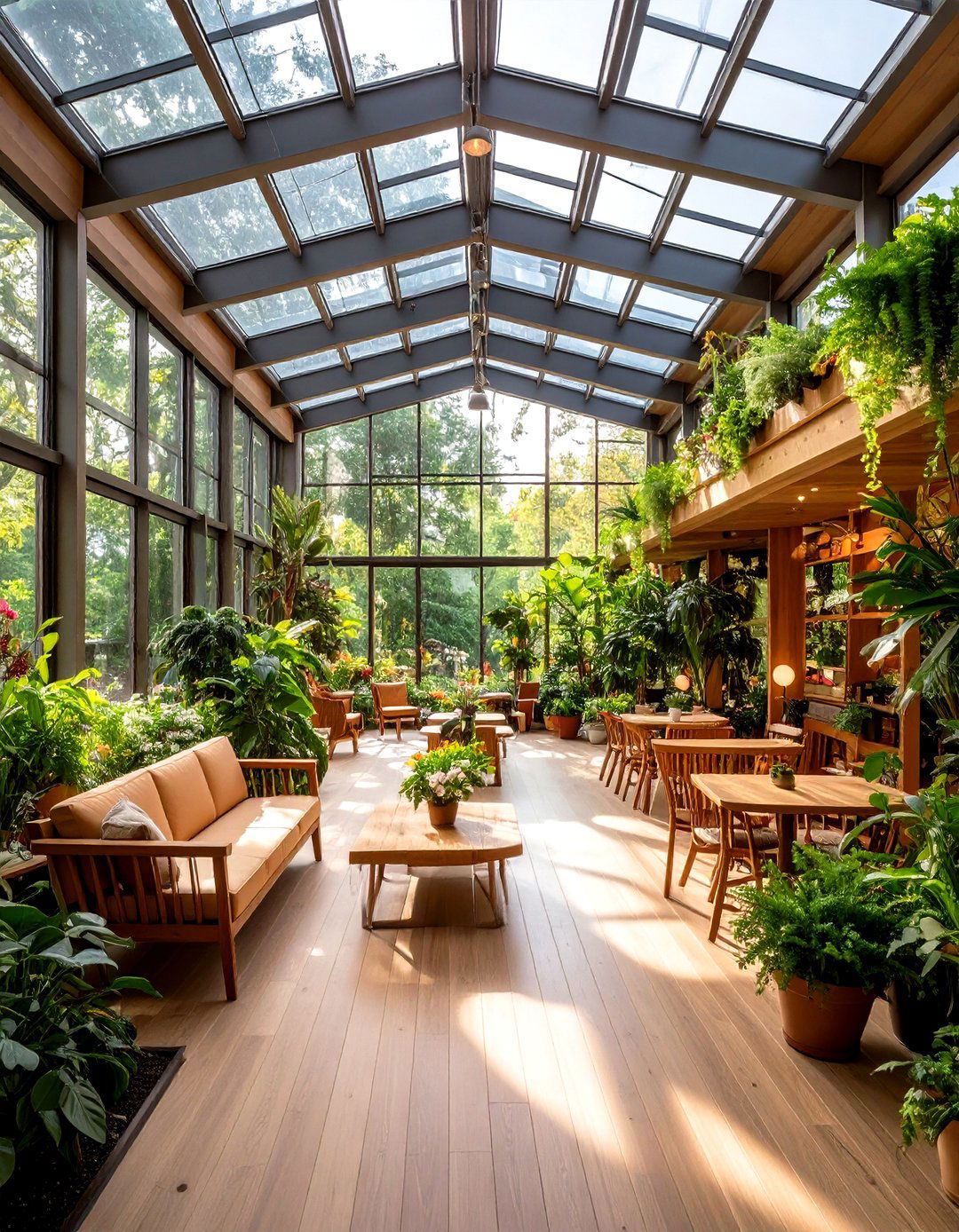
Design your plant room to engage the sense of smell through carefully selected fragrant plants that create a multi-sensory experience throughout the space. This approach incorporates plants with natural fragrances, such as jasmine, gardenia, herbs, and scented geraniums, arranged to provide different aromatic experiences in various areas of the room. Consider the timing of different plants' peak fragrance periods to maintain interesting scents throughout the day and seasons. Include proper ventilation to circulate fragrances without overwhelming the space, and position seating areas to take advantage of the most pleasant scent combinations. The fragrant approach transforms your plant room into a natural aromatherapy space that promotes relaxation and well-being through the documented benefits of pleasant natural scents. This design appeals to those who appreciate the full sensory experience of plant interaction and want to create a space that engages multiple senses simultaneously.
20. Propagation Plant Room Growing Laboratory
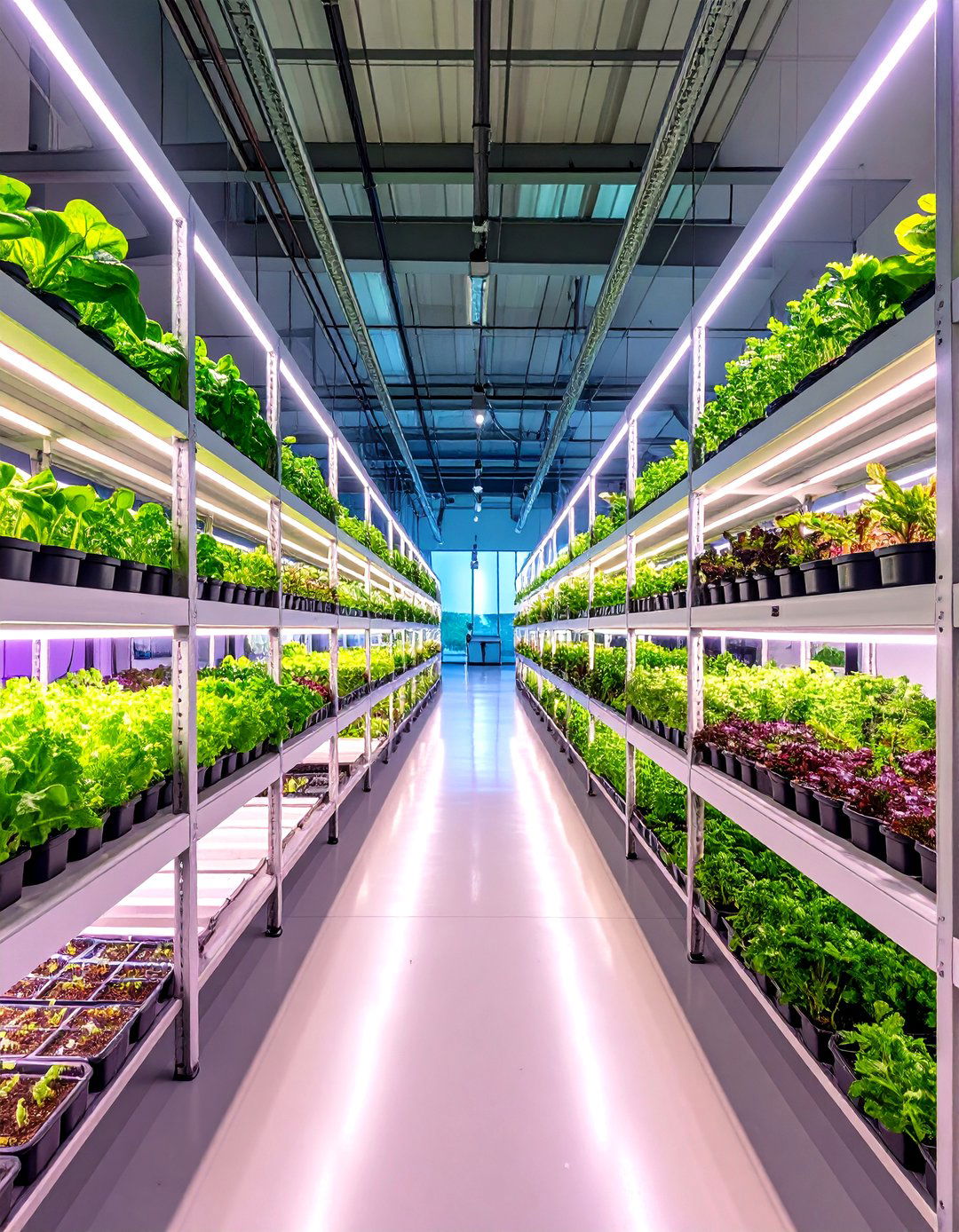
Establish your plant room as a dedicated propagation and growing laboratory where you can experiment with plant reproduction, hybridization, and cultivation techniques. This design incorporates specialized equipment such as propagation boxes, grow lights, humidity chambers, and temperature controls that support various growing methods. Create organized work areas with proper surfaces for potting, cutting, and plant manipulation, along with storage for specialized tools and growing media. Include record-keeping areas where you can document experiments, track growth progress, and maintain detailed plant histories. The laboratory approach appeals to serious plant enthusiasts who want to expand their collections through propagation while developing advanced growing skills. This concept creates a space dedicated to plant science and experimentation while maintaining the aesthetic appeal of a well-designed plant room that showcases both established plants and new growing projects.
Conclusion:
These twenty plant room ideas demonstrate the incredible versatility and potential of dedicated botanical spaces within the home. Each concept offers unique benefits and aesthetic approaches while sharing the common goal of creating meaningful connections between people and plants. Whether you prefer the tropical abundance of a greenhouse sanctuary, the clean lines of minimalist design, or the educational value of a children's learning space, the key to success lies in matching your plant room design to your personal lifestyle and gardening goals. By incorporating elements from multiple concepts and adapting them to your specific space and needs, you can create a plant room that serves as both a functional growing environment and a beautiful living space that enhances your daily life through the proven benefits of plant interaction.


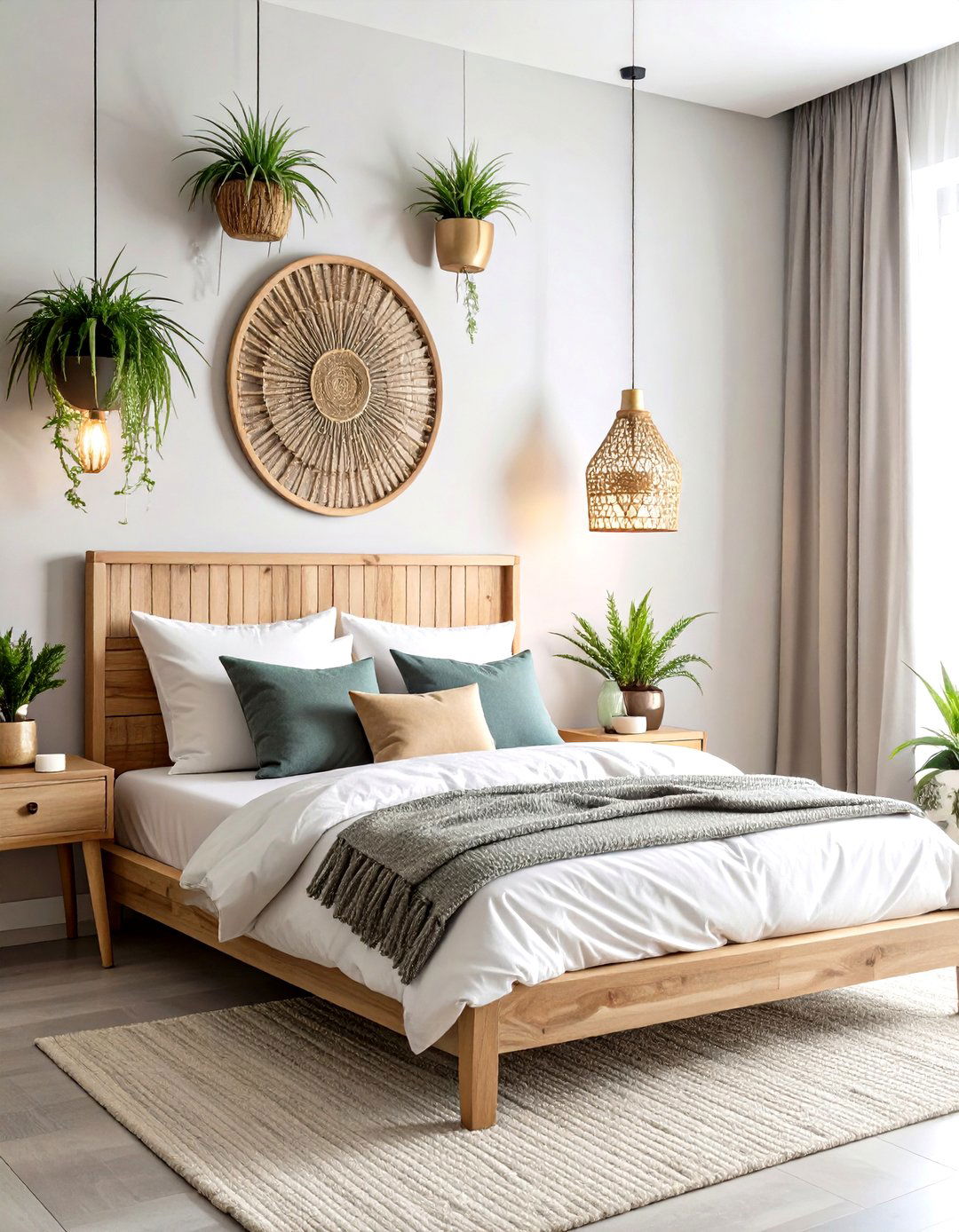
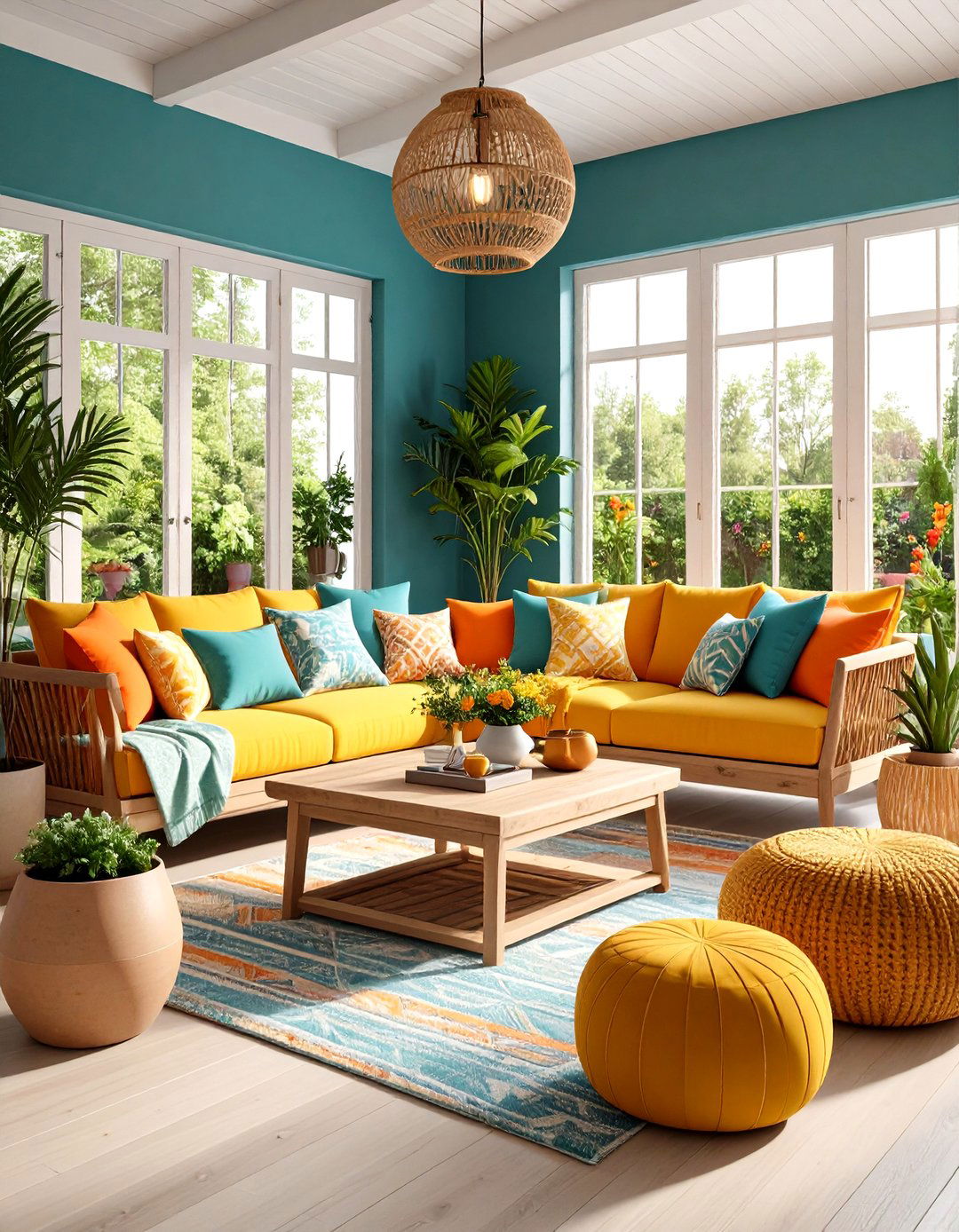
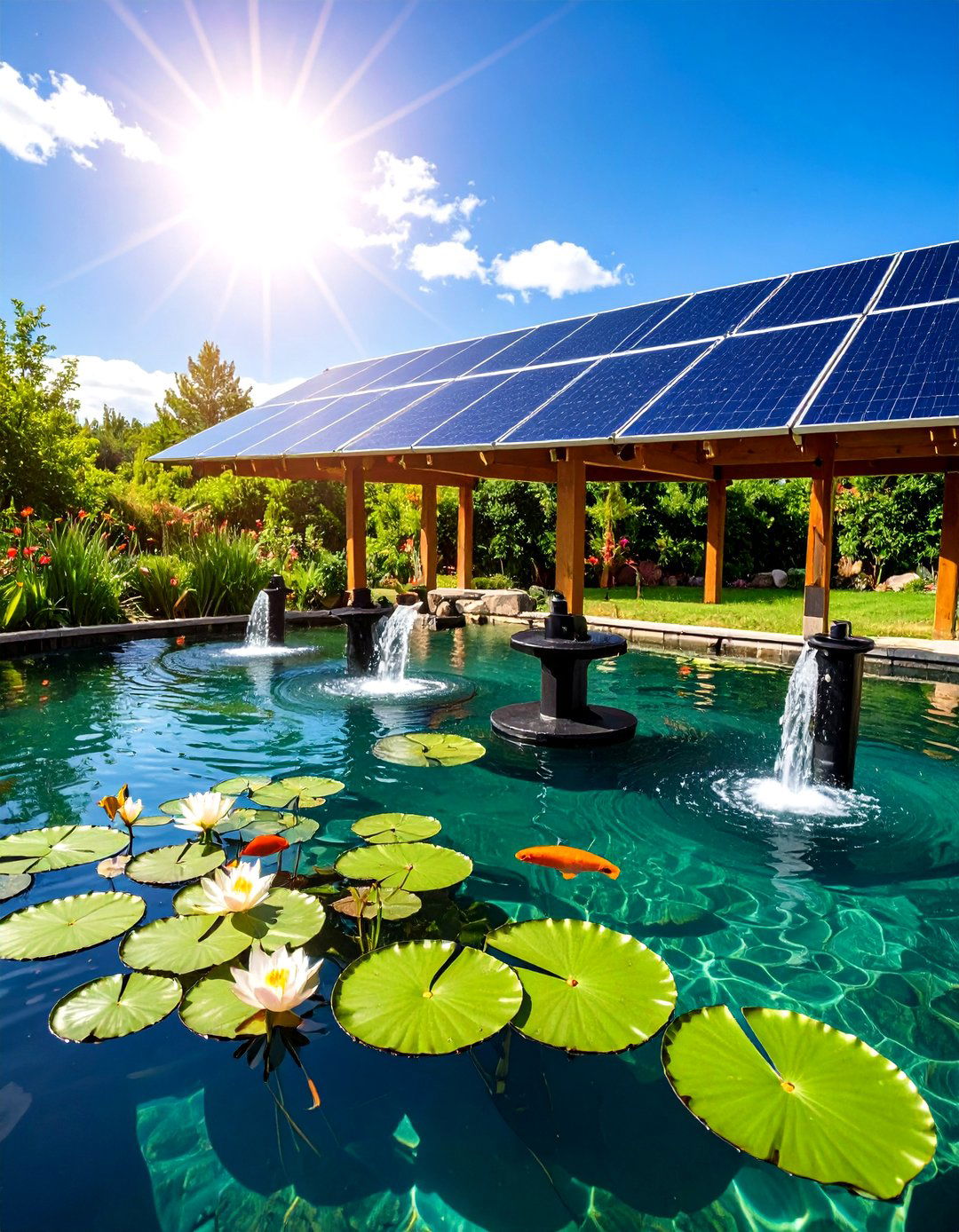
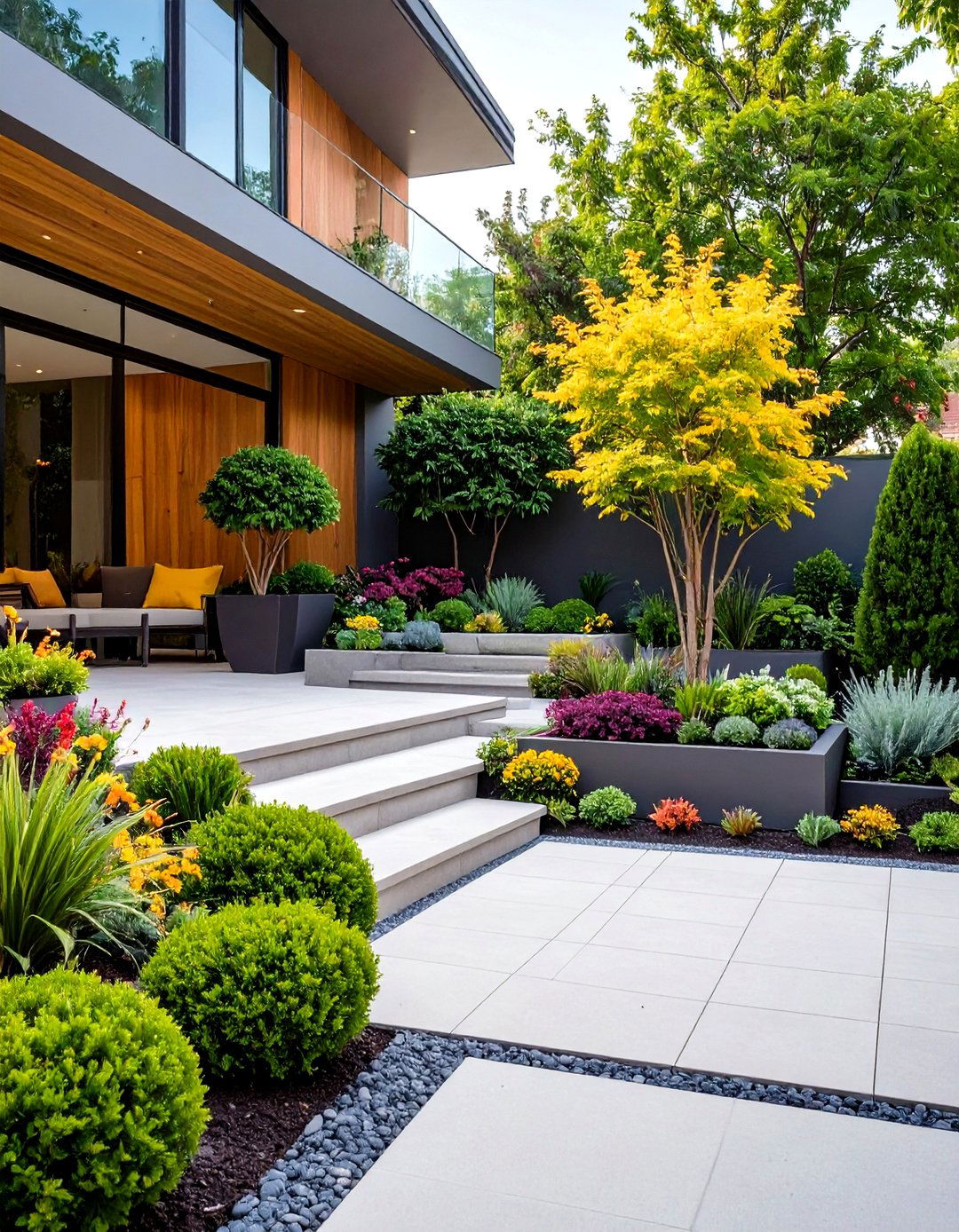
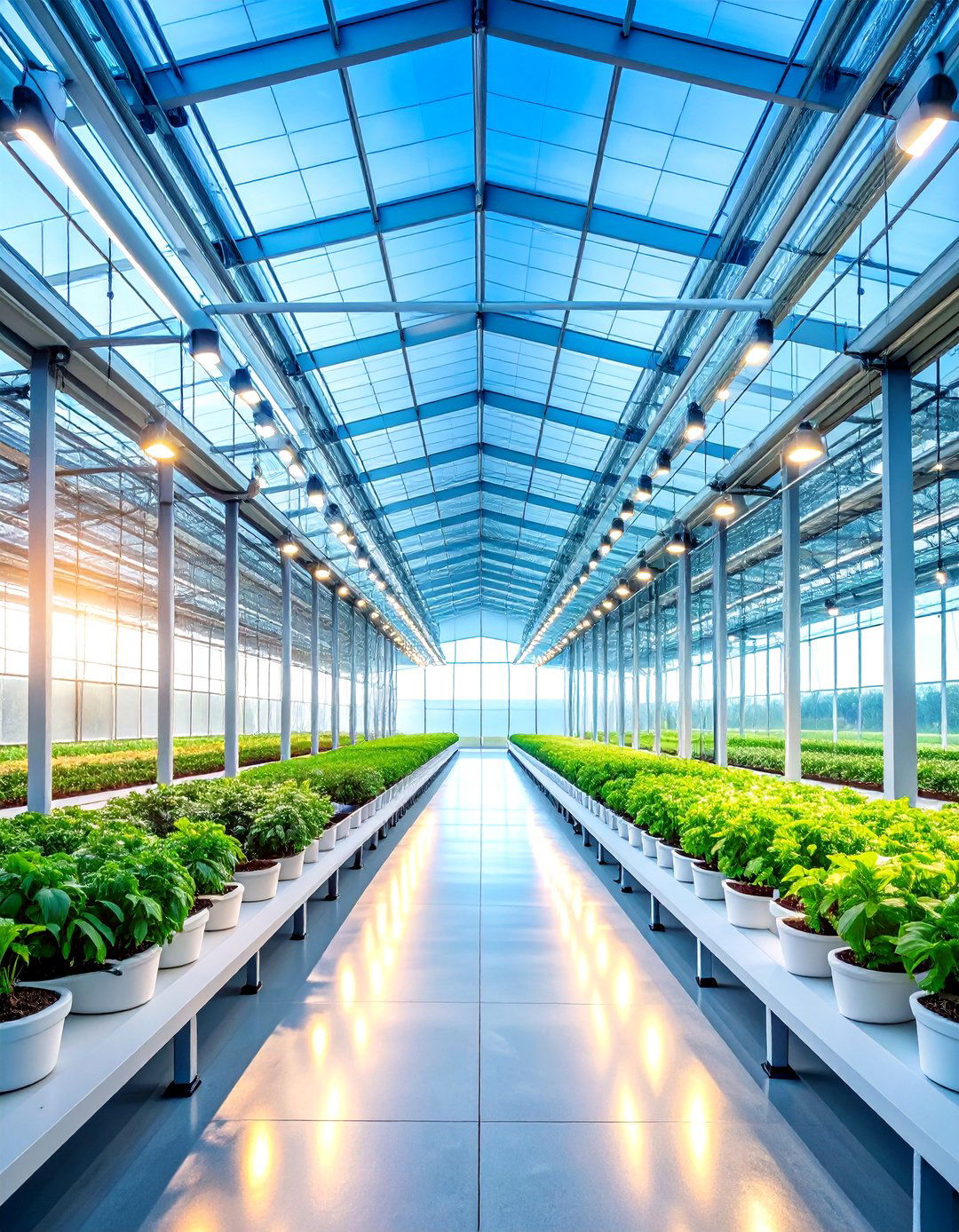
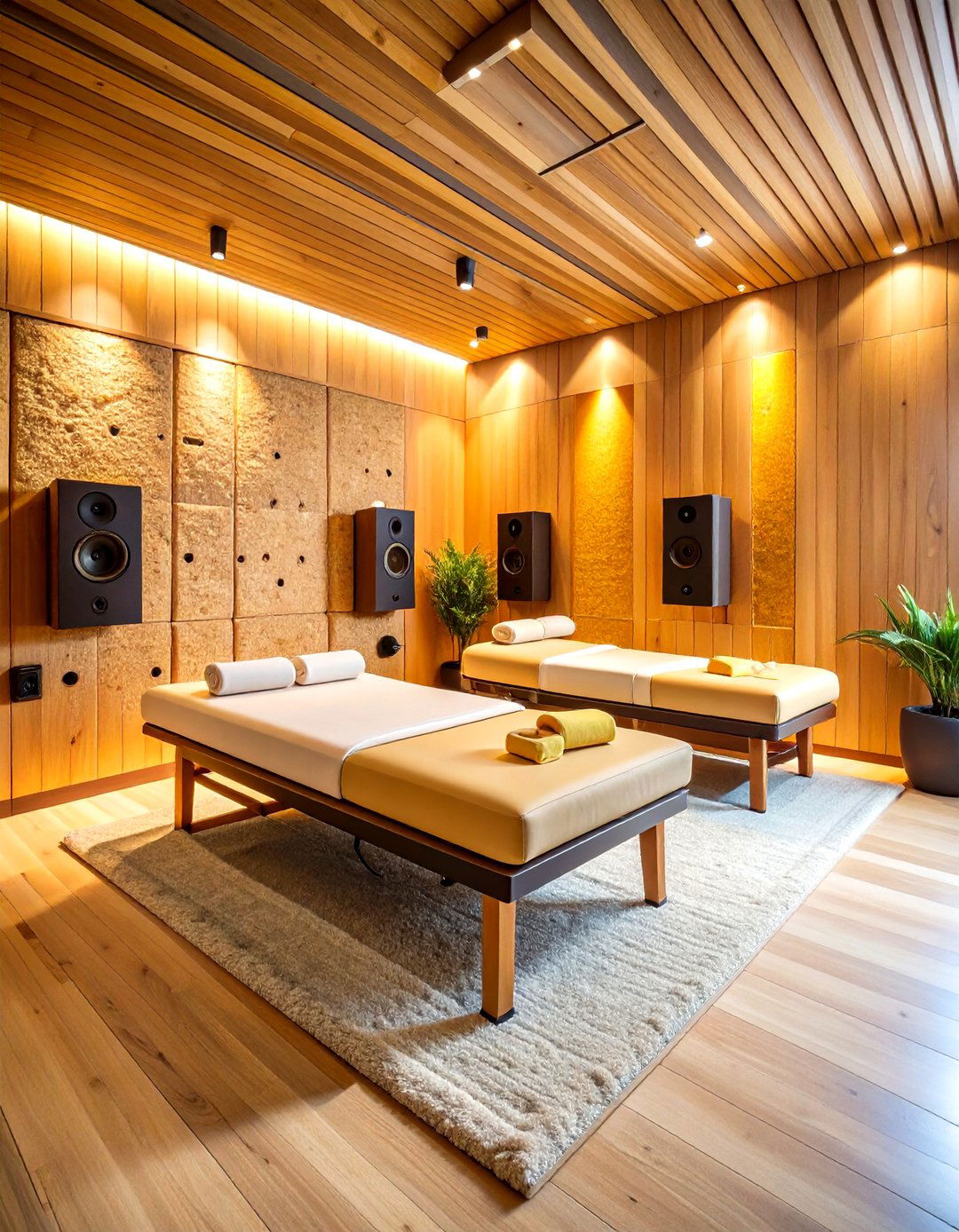
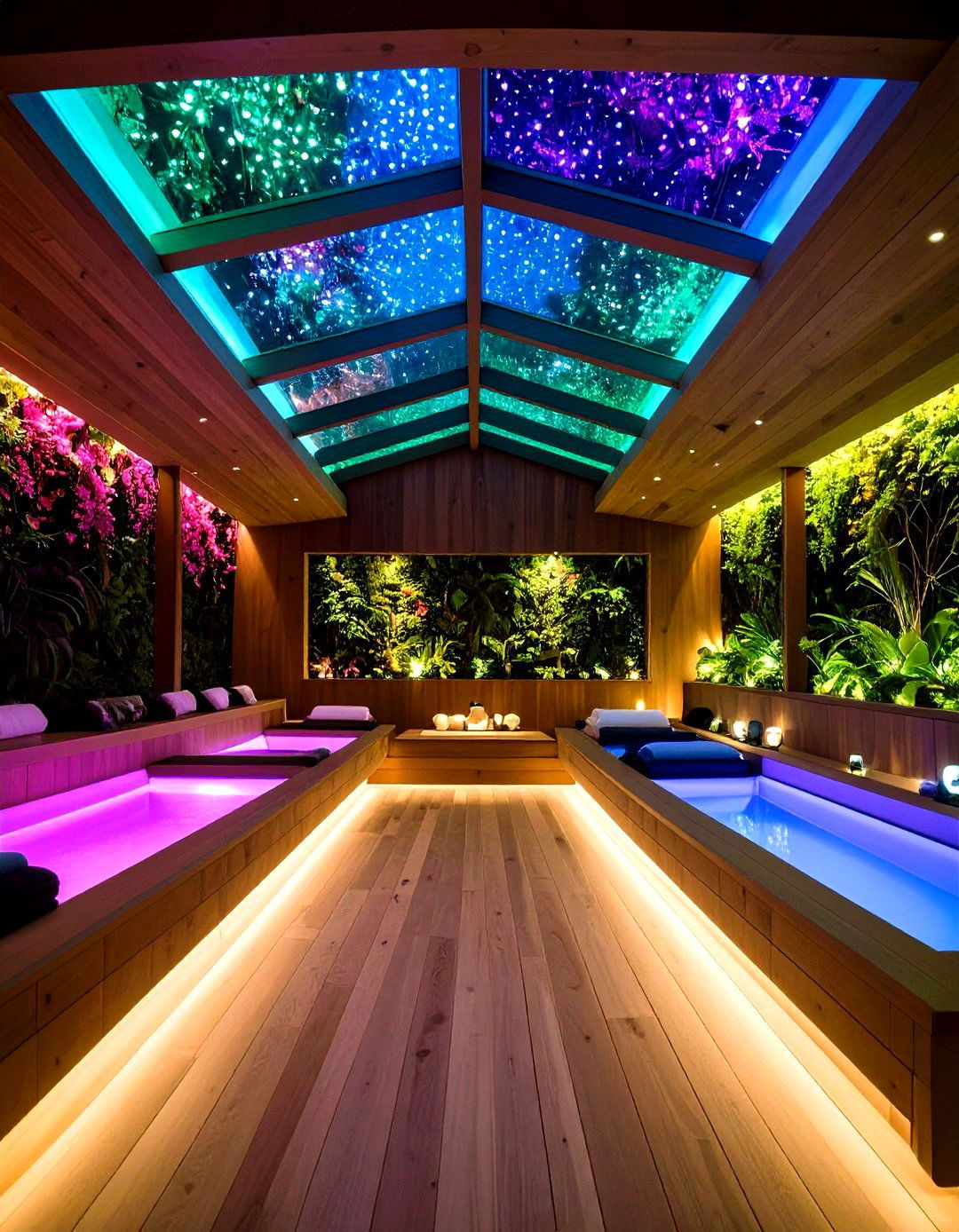
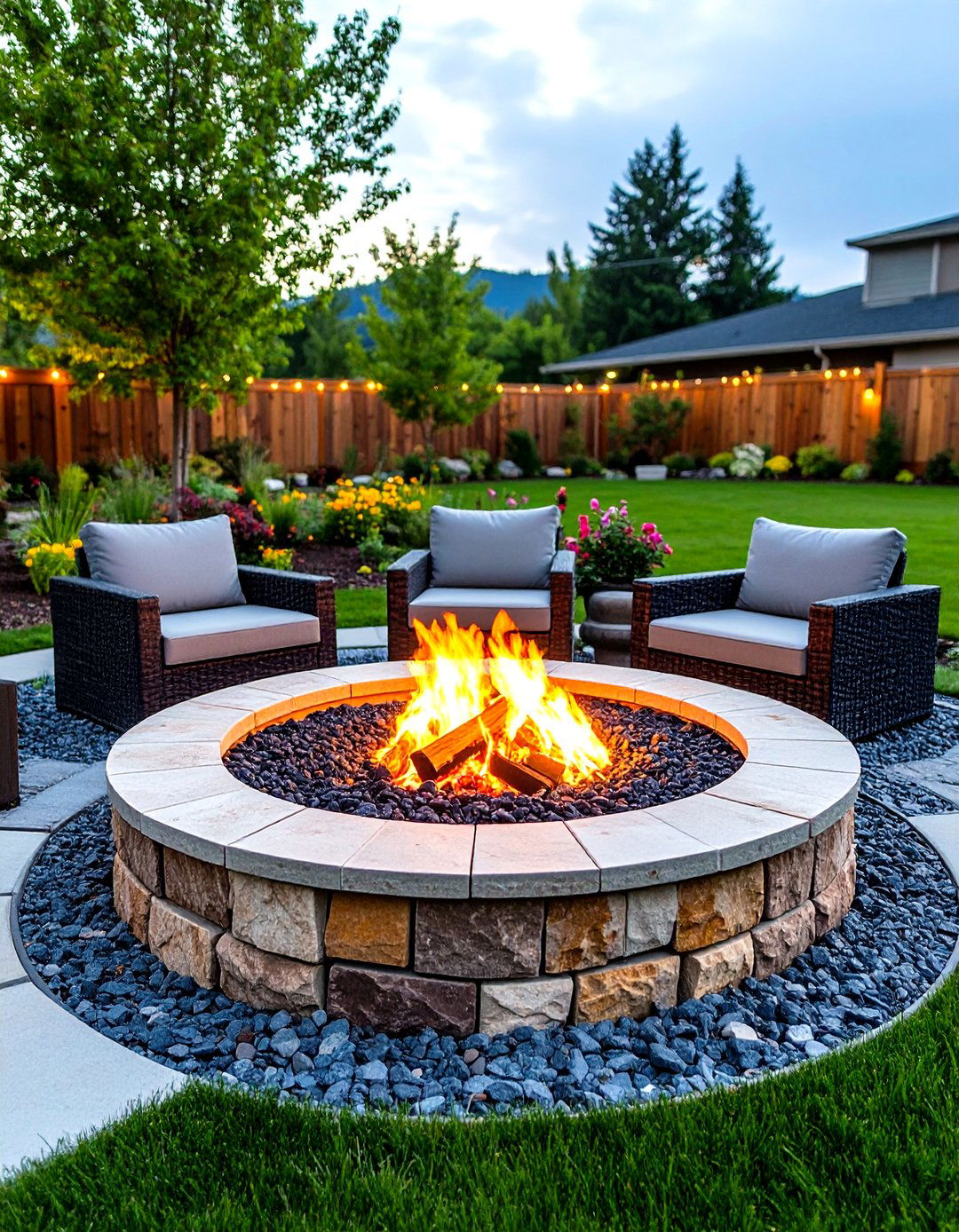
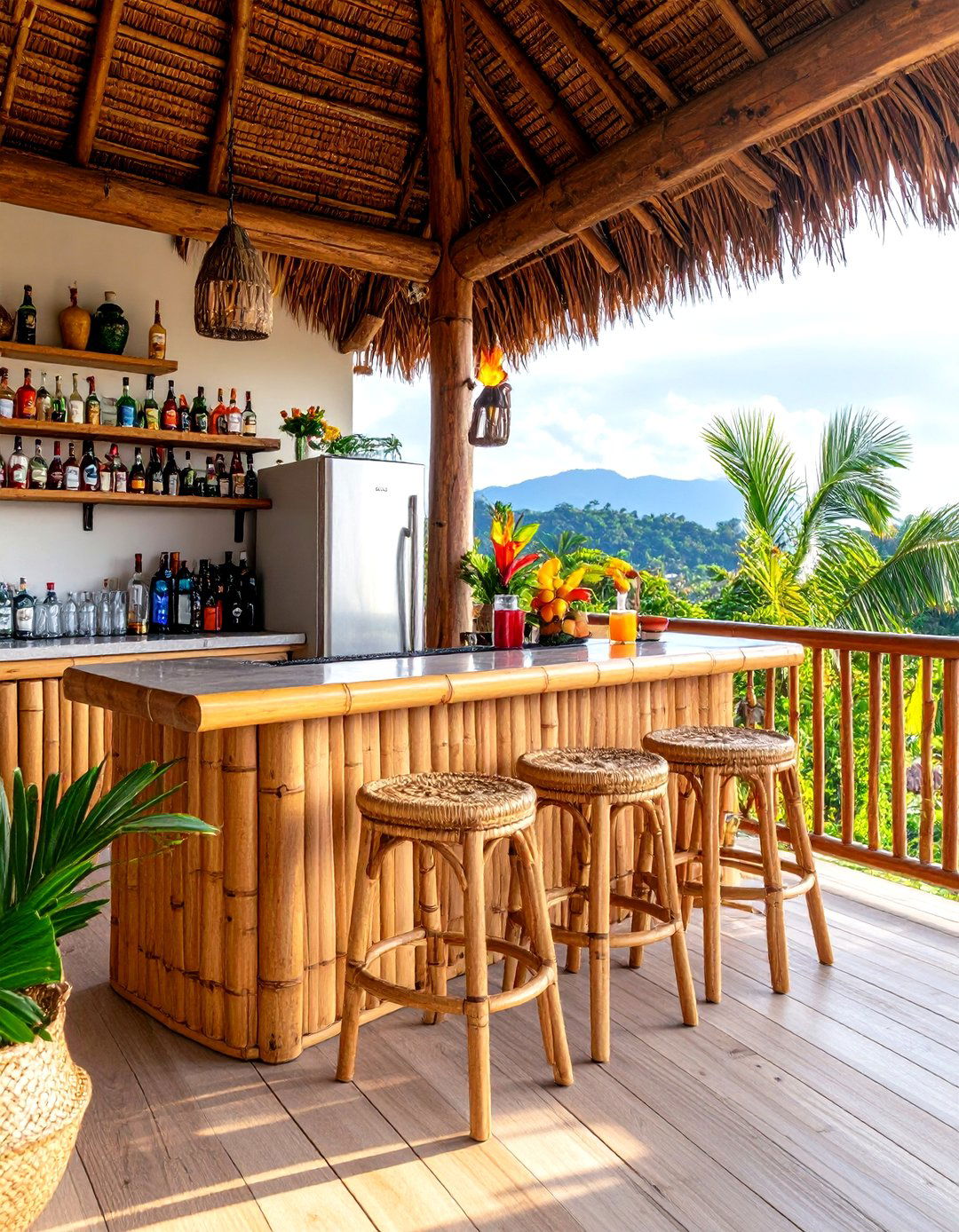
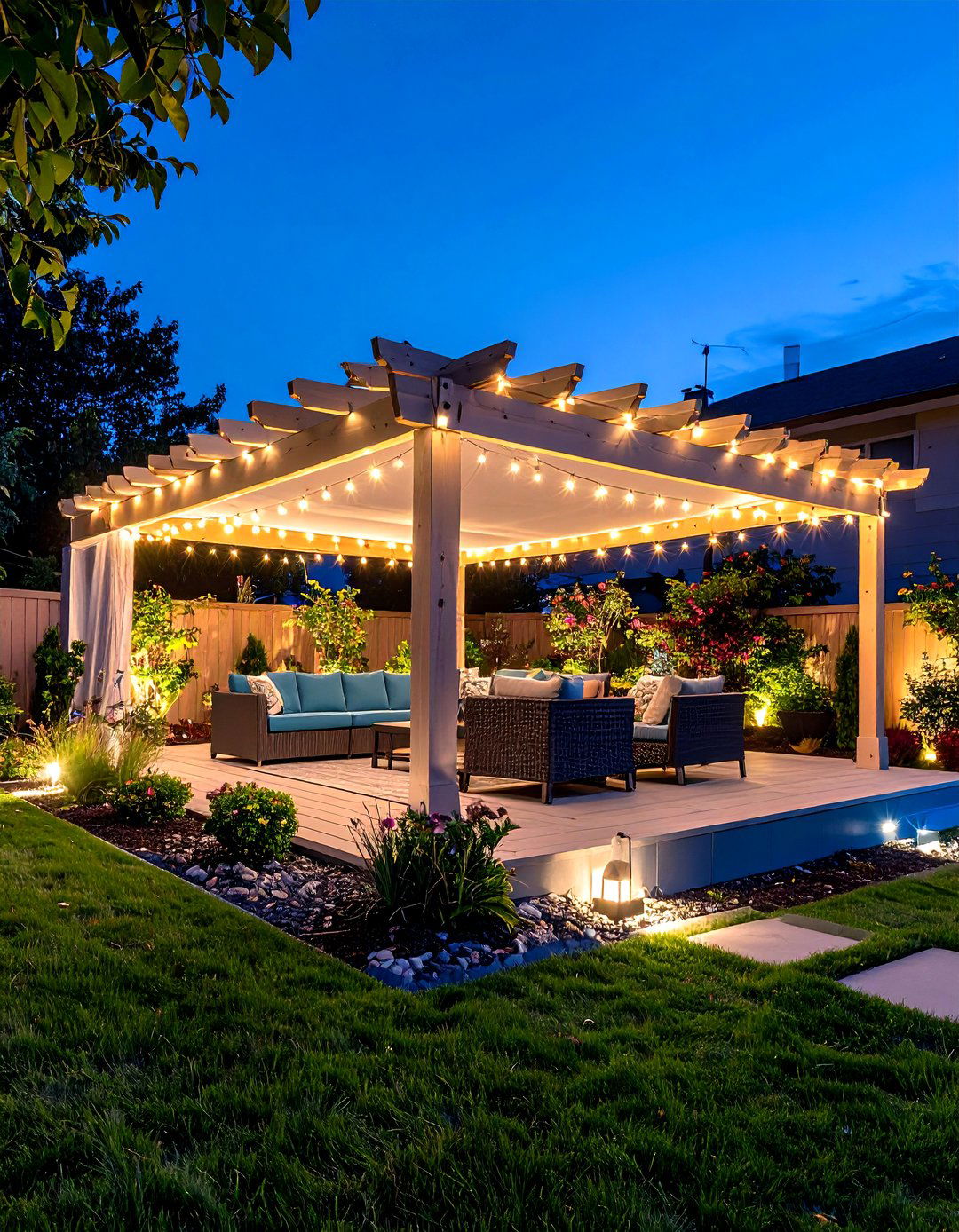
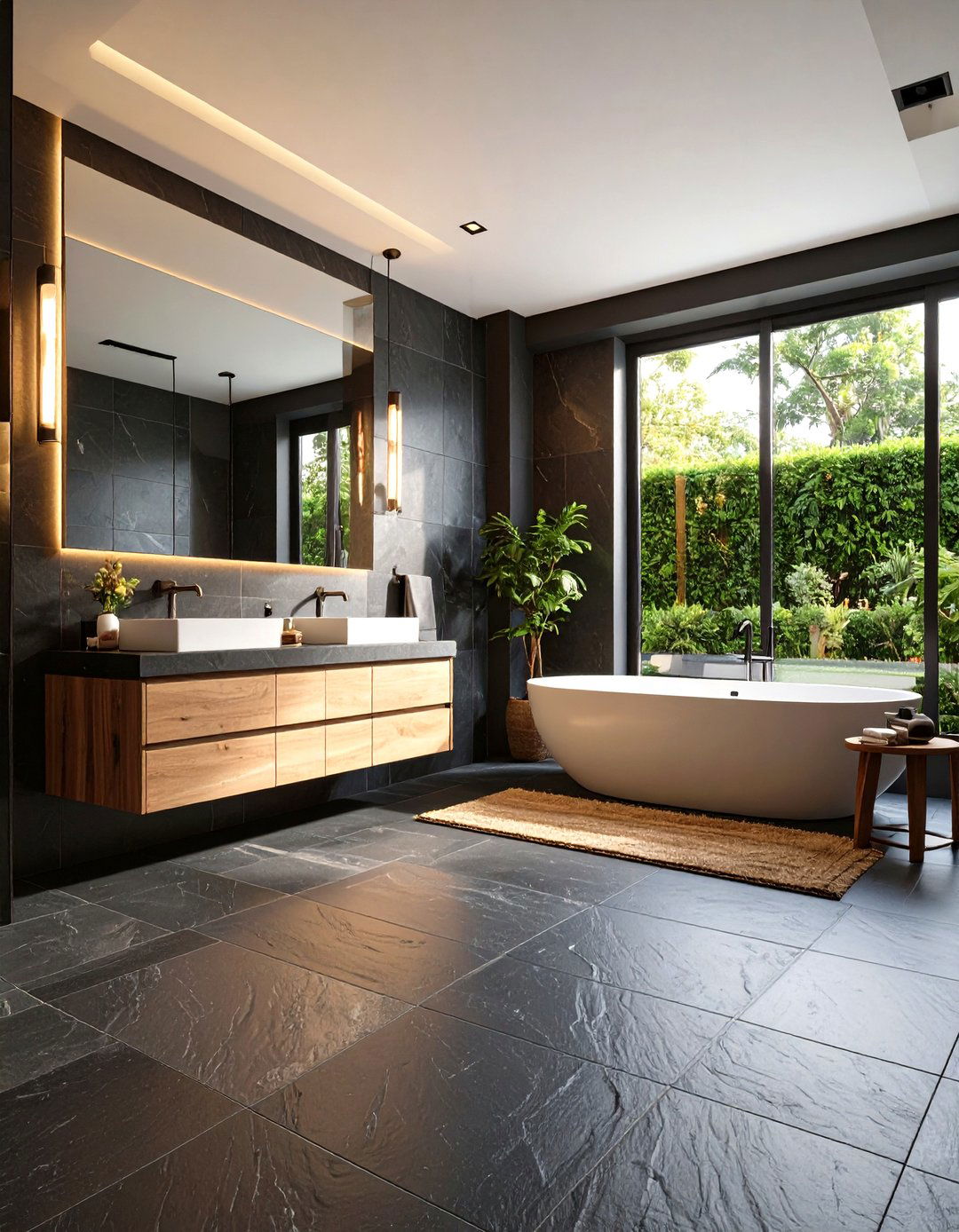
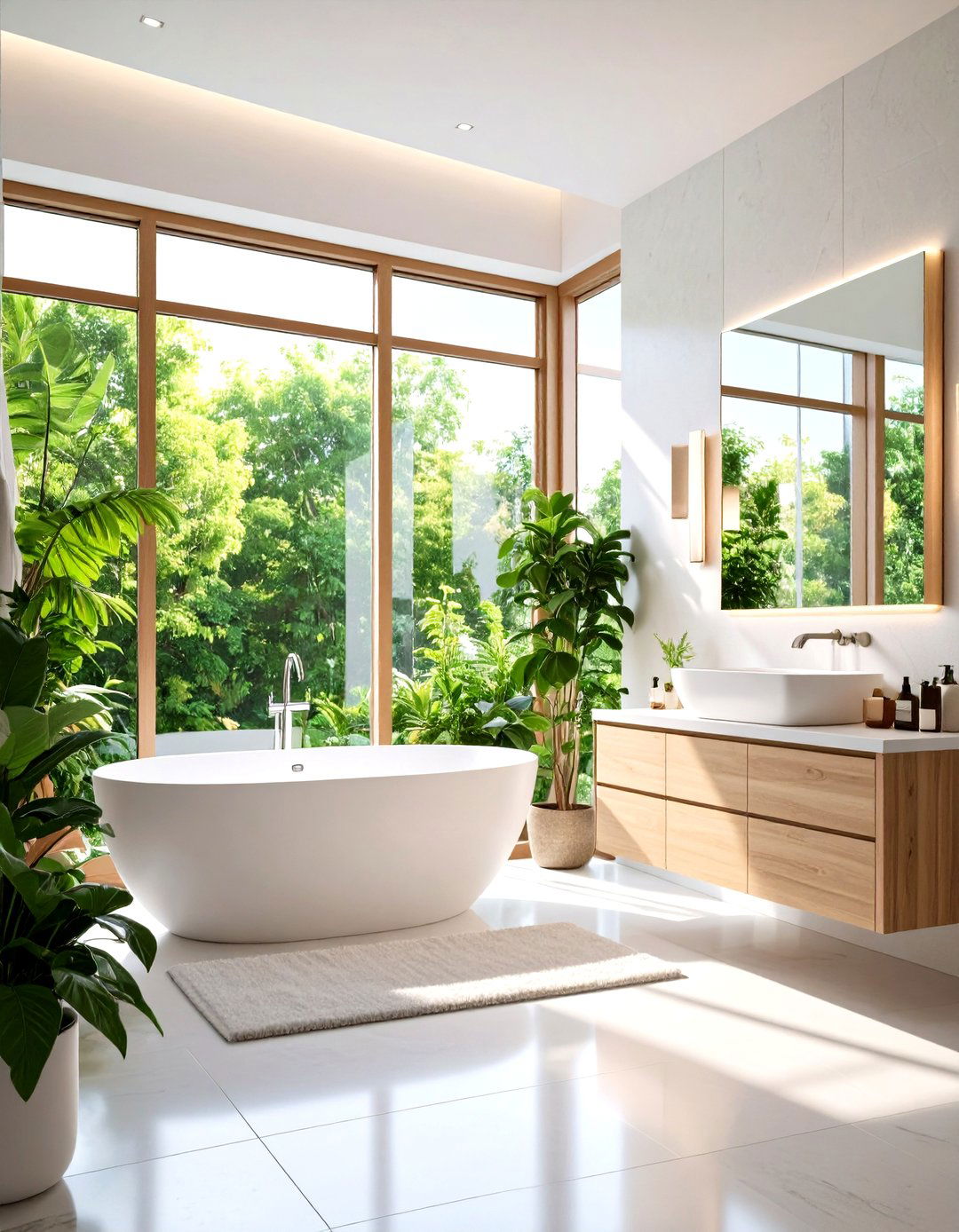
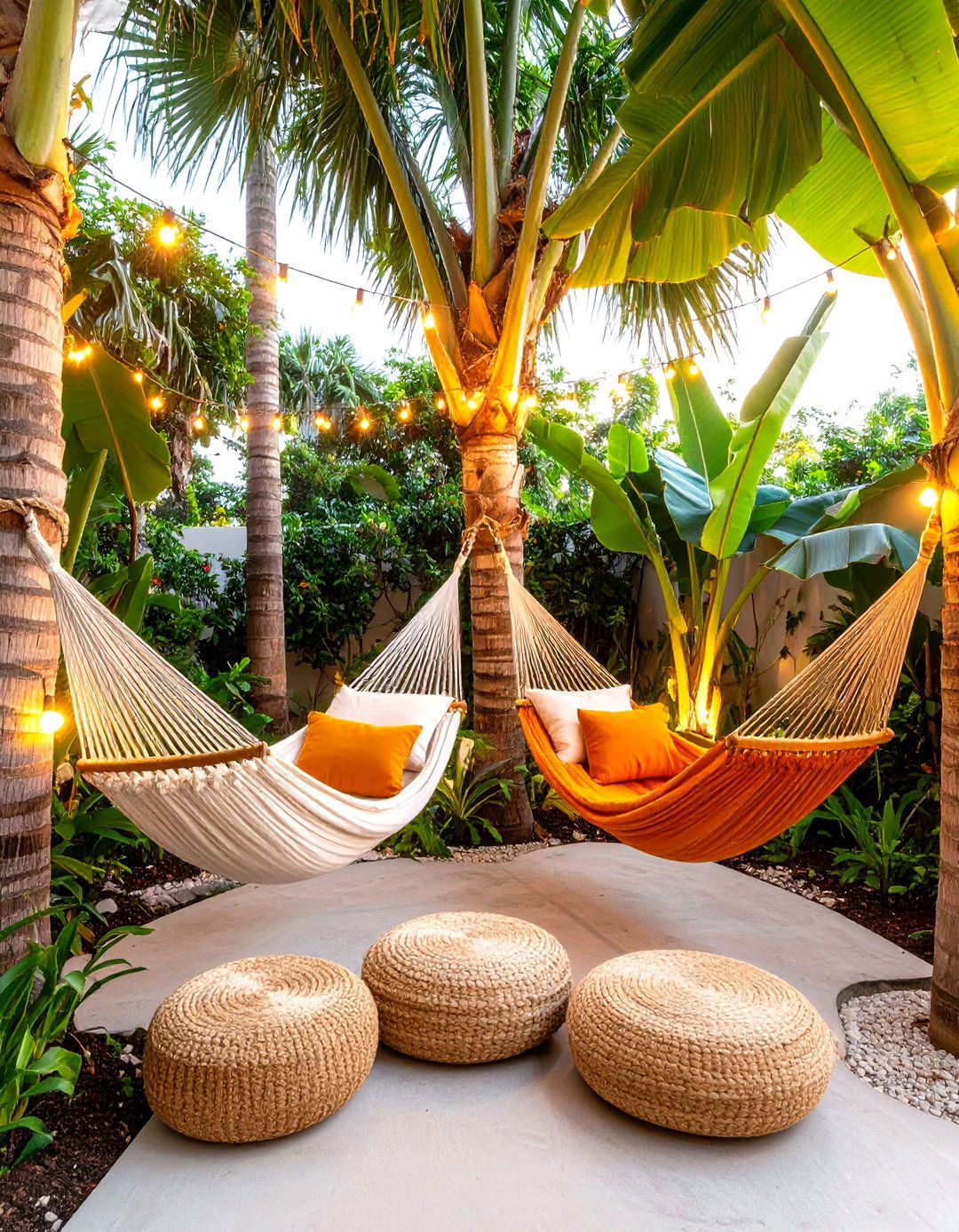
Leave a Reply